This
post was originally published on
this siteOriginally Posted At: https://breakingmuscle.com/feed/rss
Owning a home gym is beneficial because it offers more flexibility and convenience regarding how and when you can work out. It eliminates the need for lengthy commutes to a commercial gym, and you don’t have to feel self-conscious about working out in front of others. You also don’t have to share the equipment with anyone else, except maybe a spouse or roommate.
Because there is a large variety of workouts you can do and everyone has different goals, it’s hard to narrow down the best home gym equipment into one short list. That’s why we’ve selected 20 different products covering a wide range of categories, from cardio to strength to all-in-one machines. Building a home gym requires some careful planning and can feel like a daunting process, but if you’re ready to ditch your gym membership, the list below can help get you started.
Our Top Picks for the Best Home Gym Equipment
Best Overall Home Gym: Force USA X20 Pro Multi Trainer
Force USA X20 Pro Multi Trainer
- Exterior dimensions: 70” W x 88.5” D x 91” H
- Interior dimensions: 39.5” W x 72” D x 86” H
- 11-gauge, 3×3 stainless steel uprights
- Two 289-pound weight stacks
- 990-pound weight capacity
- Limited lifetime structural warranty
Check Price
Pros
- Westside hole spacing on the uprights
- Can bolt it into the ground if desired
- Combines six machines into one
Cons
- Takes a long time to assemble (I recommend paying for Force USA’s assembly service if you can afford it)
The Force USA X20 Pro Multi Trainer gets my pick for the best home gym overall because of how much you can do with it. It’s a beast of a machine that combines a power rack, pull-up station, functional trainer, suspension trainer, low row station, and landmine station into one unit. Even though it’s large, it’s a space-efficient option because it eliminates the need for separate pieces of equipment. However, being about 7.5 feet tall, it might not fit in rooms with low ceilings, especially since you’ll need enough clearance at the top to do pull-ups.
It has two 289-pound weight stacks that have a two-to-one ratio. A two-to-one ratio means 100 pounds of resistance, for example, feels more like 50 pounds because the cable travels twice as far as the weight stack when you pull on it. This may seem like a disadvantage, but it’s a good thing — the cable travels faster and is more responsive, so you can use the machine for quicker movements and functional training.
The frame is made with 11-gauge steel, the same type of steel you’d find in many commercial gym products. In a home setting, the unit should last a lifetime. It can support up to 992 pounds, which includes the weight of your barbell and any weight plates you store on it, but the weight capacity should still be more than enough for most lifters. You can bolt the unit into the ground if you want, but it’s solid and stable on its own.
The uprights have Westside hole spacing, meaning the holes are spaced about one inch apart from about shoulder to shin level and two inches apart everywhere else. With Westside hole spacing, you can get a more precise positioning of the barbell and have better control over it when racking and unracking it for bench presses.
The Force USA X20 Pro Multi Trainer comes with a hefty price tag of about $4,300, but in addition to everything mentioned above, it also comes with several accessories and attachments. Some of the most notable ones include storage pegs for weight plates, J-hooks, spotter arms, band pegs, ankle cuffs, and various cable attachments.
Plus, if you were to buy six machines and all the accessories the Force USA X20 Pro Multi Trainer comes with separately, you’d likely spend the same amount of money (if not more). For this reason, it’s worth considering if you have the budget and want an all-in-one machine for your home gym.
Best Adjustable Dumbbells: Snode AD80 Adjustable Dumbbells
Snode AD80 Adjustable Dumbbells
- Weight range: 10 to 80 pounds
- Weight increments: 10 pounds
- Adjustment type: Dial
- Dimensions: 19.29” L x 7.48” W x 7.87” H with base; 18.11” L x 6.68” W x 6.68” H without base
- Materials: Cast iron, plastic, aluminum
- Warranty: Two years
Check Price
Pros
- Knurled chrome handle allows you to maintain a good grip
- Dials on each handle enable you to adjust the weights in just a couple of seconds
- Weight indicator is easy to read
- Comfortable to rest on your thighs when getting ready for seated dumbbell exercises
Cons
- Can only adjust the weights in 10-pound increments
- May make noise when dropped
- Expensive
Adjustable dumbbells like the Snode AD80s are an ideal space-saving solution for those who want to train with free weights at home but don’t have room for an entire set of dumbbells. They get my pick for the best adjustable dumbbells because you can adjust the weight in seconds with a quick turn of the dial, they take up less than two feet of space when on their base, and they’re extremely durable — you can drop them from heights of up to 32 inches without breaking them.
The handles are 1.4 inches in diameter, slightly larger than most dumbbell handles, which often have a diameter of one to 1.25 inches. The extra thickness may be an issue if you have small hands or a weak grip, but if you use them consistently, you’ll likely find that your grip strength improves over time.
The Snode AD80s range in weight from 10 to 80 pounds and go up or down in 10-pound increments. I wish the increments were smaller for those who may struggle to make 10-pound jumps in weight on certain lifts, but Snode sells magnet plates that enable you to make 2.5- or five-pound weight adjustments if you want to make smaller increases in weight.
Best Squat Rack: PRx Profile® PRO Squat Rack
PRx Profile® PRO Squat Rack
- 90” rack dimensions: 52” W x 90” H x 26.75” D when folded down; 52” W x 108” H x 9” D when folded up
- 96” rack dimensions: 52” W x 96” H x 26.75” D when folded down; 52” W x 114” H x 9” D when folded up
- Available in 10 colors (black onyx, blue, clear Cerakote, neon green, orange, pink, purple, red, sky blue, white)
- 1,000-pound weight capacity
Check Price
Pros
- Can fold it up when not in use to save space
- Uprights have laser-cut numbers
- Made with heavy-duty 11-gauge steel
Cons
- Requires a ceiling height of at least 108 inches
The PRx Profile® PRO Squat Rack is my pick for the best squat rack because it can handle a large amount of weight, has a space-saving design, and comes in 10 colors, so you can customize it to match your decor and style. It also has a 1,000-pound weight capacity, so everyone from casual to competitive athletes can safely use it.
This foldable squat rack attaches directly to the wall. You can leave it folded down for convenience so you can start your workouts right away, or you can fold it up when you finish training if you need more floor space. I also love that the numbered holes allow you to align the J-cups on each side quickly.
The PRx Profile® PRO Squat Rack comes in either a 90-inch or 96-inch height. However, to fold it up, you need a ceiling height of 108 inches (for the 90-inch rack) or 114 inches (for the 96-inch one). The 90-inch rack is likely sufficient for most home gym owners, but those who are 6’2 or taller should opt for the 96-inch rack if your ceiling is high enough. On the taller rack, you can install the pull-up bar higher, making it easier to do pull-ups without your feet hitting the floor as you hang from the bar.
Best Barbell: Rogue Fitness Ohio Bar
Rogue Fitness Ohio Bar
- Comes with a lifetime guarantee against bending
- Weighs 20 kilograms (about 44 pounds) and has a 28.5-millimeter diameter
- 16.4-inch loadable sleeve length
- Dual knurl rings and no center knurl
Check Price
Pros
- Can be used for CrossFit or general strength training
- Reasonably priced for a barbell of its caliber
- Can choose between a variety of finishes, including stainless steel and Cerakote
- Manufactured in the USA
Cons
- Bushing rotation system isn’t ideal for those who specialize in Olympic weightlifting
The Ohio bar from Rogue Fitness is an all-purpose barbell that’s suitable for men and women as well as athletes of all experience levels. With a 190,000 PSI tensile strength, it can hold a serious amount of weight — much more than non-elite lifters will ever be able to lift. You’ll probably never run out of room to load plates on the 16.4-inch long sleeves, and the moderate knurling lets you get a good grip without digging into your hands too much.
The barbell’s shaft has dual knurl rings that provide a visual guide for where to place your hands on lifts like the bench press, but there is no center knurl. The lack of a center knurl makes the Ohio bar less than ideal for powerlifting, as you may have difficulty keeping it from slipping when doing heavy back squats.
Another thing to note is that the Ohio bar uses bushings instead of bearings. Bushings and bearings refer to a barbell’s rotation system that allows the sleeves to spin. Bushings don’t rotate as smoothly or quickly as bearings, which is beneficial for slower static lifts like squats or bench presses because too much spin can make the weight feel off balance. Bearing barbells spin much more freely and are ideal for dynamic movements like snatches and clean and jerks, where the barbell changes directions quickly.
Bushing barbells like the Ohio bar are suitable for general strength training or even CrossFit, which combines static and dynamic movements. But anyone who wants to specialize in Olympic weightlifting should consider a bearing barbell instead. Similarly, those who wish to compete in powerlifting should look for a true powerlifting barbell with a center knurl to help keep the barbell in place when squatting heavy weights.
Best Treadmill: NordicTrack Commercial 1750
NordicTrack Commercial 1750 Treadmill
- Dimensions: 80” L x 38” W x 65” H
- 14-inch rotating HD touchscreen
- -3 percent decline and 15 percent incline
- 10-year frame warranty, two-year parts warranty, and one-year labor warranty
- Includes a 30-day trial to iFIT
Check Price
Pros
- Can fold it up to save space
- Cooling fans to help keep you comfortable during your workout
- Autoadjust technology automatically changes your speed, incline, and decline during instructor-led classes
Cons
- Storing it in a garage will void the warranty
A treadmill is one of the best pieces of cardio equipment to have in a home gym for those times when the weather is bad or you can’t leave your kids home alone. The NordicTrack Commercial 1750 treadmill is an excellent choice for runners of all levels thanks to its sturdy build, high-tech features, and interactive workout programs.
Unlike other treadmills that only incline, the Commercial 1750 also declines, so it feels more like running on uneven terrain outdoors. The 14-inch touchscreen monitor offers hundreds of virtual classes through iFIT, to which you get a 30-day free trial when you purchase the treadmill through NordicTrack. The monitor displays stats such as time and distance, and it rotates, allowing you to follow along with floor-based classes easily.
The deck is 22 inches wide and 60 inches long, large enough to suit runners of nearly any height and those with long strides. Other notable features include two cooling fans, amplified speakers, and Easy Lift Assist technology, which helps make storage easier despite the treadmill’s hefty 340-pound weight.
Assist technology, which helps make storage easier despite the treadmill’s hefty 340-pound weight.
The Commercial 1750 comes with an impressive 10-year warranty on the frame, plus a two-year parts warranty and a one-year labor warranty. However, the warranties are voided if you store it in a garage.
Best Rowing Machine: Concept2 RowErg
Concept2 RowErg
- Frame is made of heavy-duty aluminum
- Ergonomic handlebar and seat
- PM5 monitor comes with Bluetooth capabilities
- Accomodates users up to 6’6 and 500 pounds
- Comes with a limited five-year warranty
Check Price
Pros
- Can be assembled in just a few minutes
- Battery-powered operation, so you don’t need to keep it close to an outlet
- Breaks down into two parts for easy storage
- Seat glides smoothly along the monorail
- Minimal maintenance required
Cons
- Monitor doesn’t offer instructor-led classes
Few rowing machine brands can beat the reputation of Concept2. Its row ergs are known for their exquisite craftsmanship and durability — I’ve heard of people who bought Concept2 rowing machines in the 1990s and are still using them today!
I was first introduced to the Concept2 rower when I started CrossFit in 2015. When I was finally ready to pull the trigger and get a rowing machine for my home gym several years later, I didn’t even consider another option. It is built like a tank with a solid aluminum frame, and the monitor offers reliable and accurate stats tracking, displaying metrics such as distance, calories, watts, total time, 500-meter splits, and stroke rate.
Based on conversations I’ve had with CrossFitters and other home gym owners, many people think of the Concept2 rowing machine as a premium purchase. At around $1,000, it’s certainly not cheap. But when you compare it to other options like the Hydrow, which starts at about $1,900, the cost of a Concept2 rower isn’t that bad. It should last a lifetime if you maintain it properly.
Fortunately, maintenance is easy. You just need to oil the chain with 3-in-1 or mineral oil after every 50 hours of use, vacuum the flywheel if it gets dusty, and check the bolts and screws for any looseness after 250 hours of use.
The Concept2 rower doesn’t have instructor-led classes. If that’s what you’re looking for, you may want to consider another machine like the Peloton rower instead. It does, however, have several built-in workout programs. And with the ErgData mobile app, you can sync custom workouts to your rower or follow along with Concept2’s workout of the day.
Best Weight Bench: REP Fitness AB-5000 ZeroGap Adjustable Weight Bench
Pros
- Has a handle and wheels for easy maneuverability
- Rubber feet help protect your floors and keep the bench in place
- Can slide the seat forward and back to eliminate a gap between it and the back pad
Cons
- Leg roller attachment sold separately
When it comes to buying a weight bench for a home gym, I believe an adjustable bench is the way to go. It allows you to perform flat and incline bench presses, and if it also declines, you can do decline bench presses or decline sit-ups. Although there are plenty of adjustable benches on the market, none come close to REP Fitness’s AB-5000 ZeroGap bench.
Many adjustable benches have a gap between the seat and the back pad, which can be uncomfortable on the back or buttocks when doing flat bench presses. But the AB-5000 has a sliding seat that sits flush against the back pad when the bench is in a flat position, eliminating the gap.
The AB-5000 has several other impressive features, too. The frame is made with heavy-duty, professional-grade 11-gauge steel. The back and seat pads are made with non-compressible foam and covered with non-slip vinyl to help keep your upper back in place during bench presses. And while competitive powerlifters may prefer to train with a flat bench, those who do want to use an adjustable bench will appreciate that the AB-5000 is 17.5 inches high and meets the standards set forth by the International Powerlifting Federation (IPF).
The bench has a 1,000-pound weight capacity, which is more than sufficient for most lifters. The numbered pop-pin mechanisms make the seat and back pad easy to adjust up or down. When you want to move the seat pad to remove or widen the gap, it slides smoothly along guide rods, and a separate pop-pin helps keep it in place.
You can use the AB-5000 on a decline angle, but it doesn’t come with a leg roller attachment that can help keep your legs secure. REP Fitness sells the attachment separately, and even though it’s an added cost, I do recommend getting it so you can anchor your feet when using the bench in the decline position.
Best Dumbbells: Living.Fit Dumbbell Set
Living.Fit Dumbbell Set
- Available in multiple sets with weights ranging from five to 100 pounds
- Ergonomic handle for a more comfortable grip
- Comes with a lifetime warranty for home gym use
Check Price
Pros
- Handles are plated in chrome for corrosion resistance
- Hexagonal shape prevents them from rolling
- Split knurling offers a visual guide for optimal hand placement
Cons
- The rubber may have a strong odor when you first get them
Dumbbell sets aren’t always ideal for home gyms because they can be expensive and take up a lot of room. But for those who do have the space and budget for a full set of dumbbells, I recommend Living.Fit.
The hexagonal shape allows you to stay stable when performing exercises like renegade rows or dumbbell push-ups and prevents the dumbbells from rolling around when you store them. The rubber helps prevent damage to your floor and dampens noise when you set them down, so you won’t disturb other people when you work out. The chrome-plated handle is corrosion-resistant, so durability shouldn’t be an issue.
You have six sets to choose from:
- Five to 25 pounds
- Five to 50 pounds
- Five to 75 pounds
- Five to 100 pounds
- 55 to 75 pounds
- 80 to 100 pounds
Each set comes with a pair of dumbbells in each weight, and the weights go up in five-pound increments. Every dumbbell has the same 1.3-inch diameter handle, which is standard for fixed dumbbells. The knurling is moderate and is split into three parts that align with where your palm, index finger, and pinky will sit when you hold the dumbbells. The split knurling also provides a reference for where to place your hands if you want to keep them centered on the handle.
While the Living.Fit dumbbell sets aren’t the cheapest on the market, they’re not the most expensive. But considering their high quality and the fact that you get multiple weights in each set, the price is fair.
Best Exercise Bike: NordicTrack S22i Studio Bike
NordicTrack S22i Studio Bike
- Dimensions: 61” L x 22” W x 58” H
- 22-inch rotating HD touchscreen
- Includes a pair of three-pound dumbbells
- 20-percent incline and 10-percent decline
- Includes a 30-day free trial to iFIT
Check Price
Pros
- Automatically adjusts the resistance, incline, and decline during instructor-led classes
- Inertia-enhanced flywheel is quiet and offers a smooth ride
- 24 resistance levels
- Lift Assist handlebars makes it easy to move them up and down
- Ergonomic padded seat
Cons
- Storing it in a garage will void the warranty
- Difficult to move by yourself
For those who want to do low-impact workouts at home, a stationary bike like the NordicTrack S22i Studio Bike is a solid choice. It offers 24 levels of digital resistance, a 20-percent incline, and a 10-percent decline, all of which help mimic the uneven terrain you’d encounter when cycling out on the road. It also has a quiet, inertia-enhanced flywheel that doesn’t feel jerky as it rotates.
The S22i Studio Bike has a built-in AutoBreeze fan to help keep you cool during your workouts. The ergonomic padded seat is comfortable to sit on, even during long rides, and you can adjust it both vertically and horizontally to fit your body proportions. The bike can support users who weigh up to 350 pounds, making it suitable for a wide range of individuals.
Your purchase comes with a 30-day free trial to iFIT, through which you can access hundreds of cycling classes in addition to yoga, HIIT, and strength classes. The bike’s 22-inch HD touchscreen rotates, so you can use the monitor if you want to take classes off the bike. You also get a pair of three-pound dumbbells with the bike, though you may wish to purchase a heavier pair if you plan on taking the strength classes through iFIT.
This sturdy bike weighs 200 pounds, so it’s difficult to move by yourself, and you’ll need to think carefully about where to put it before you get it. And while it comes with a 10-year frame warranty, a two-year parts warranty, and a one-year warranty, the warranties are voided if you store it in a garage.
RELATED: Everyone’s Bike: The NordicTrack S22i Review
Best Resistance Bands: Living.Fit Resistance Bands
Living.Fit Resistance Bands
- Can buy a set of four, a set of six, or individual bands
- Loop-style design and 41-inch length
- Resistance levels range from five to 200 pounds
- Lifetime warranty
Check Price
Pros
- Color-coded for easy identification
- Sets of four and six bands include a door anchor
- No powdery feeling
- Durable
Cons
- Those with latex allergies can’t use them
- Doesn’t come with handles
Resistance bands like the Living.Fit Resistance Bands can provide a challenging resistance training workout when you can’t lift heavy weights. They’re also good for warming up before a workout, working on mobility, or addressing weak points in your lifts, such as a poor deadlift lockout. Plus, they don’t take up any space, so they’re ideal for small home gyms.
The Living.Fit bands are made of latex, which is more elastic and durable than rubber. They should last for a long time without tearing or losing their original shape. However, those with latex allergies won’t be able to use them.
The bands don’t have amount of resistance printed on them, but each one is a different color, so you can easily pick out the one you want to use for your workout. They’re 41 inches long and feature a loop-style design, which differs from tubed resistance bands that come with handles. However, you can still use the Living.Fit resistance bands for exercises like banded bicep curls and banded bent-over rows. They also come with a door anchor, making it easy to do banded face pulls or banded tricep pushdowns.
Best Jump Rope: WOD Nation High Speed Jump Rope
Pros
- Smooth rotation
- Does not get ripped up if you use it outdoors
- Available in several colors
Cons
- Can leave marks on your legs if you miss a jump
If you like to jump rope to get your heart rate up, the WOD Nation High Speed jump rope is a great tool to add to your home gym arsenal. You can use it indoors or outdoors, and the swivel ball bearings enable it to rotate smoothly. Plus, it comes in five colors — black, blue, pink, red, and silver — so you can pick whichever one matches your style.
The 6.75-inch long handles are suitable even for those with large hands. They weigh one-third of a pound each, and the light weight helps reduce shoulder and arm fatigue when jumping rope for long durations. The wire is rust-proof, so you don’t have to worry about it becoming ruined if it’s exposed to moisture.
Being able to customize the length of the rope is a nice feature, but depending on how much you adjust it, you may have a lot of extra wire hanging off the ends. If this bothers you, you can trim the excess with a wire cutter.
Because the rope is made of metal wire, it will sting if you miss a jump and the rope hits your legs. For this reason, I only recommend it for those who can already jump rope efficiently (and, for CrossFitters, those who are already proficient at double-unders).
Best Kettlebells: REP Fitness Kettlebells (KG)
REP Fitness Kettlebells (KG)
- Available in weights from one kilogram (2.2 pounds) to 48 kilograms (106 pounds)
- Textured black coating offers a more secure grip
- Flat base keeps the kettlebell from wobbling when on the floor
- Comes with a limited lifetime warranty
Check Price
Pros
- Handle holds chalk well
- Black coating offers protection against chips and other imperfections
- Gravity-cast construction results in a sturdier, more durable product
Cons
There are many reasons to work out with kettlebells, but I like them because I find them more versatile than dumbbells. I also like how kettlebells challenge my stability more than dumbbells due to their weight distribution.
It’s not always easy to find kettlebells that are both affordable and high quality, but the REP FItness kettlebells fit the bill. They have a gravity-cast design, meaning the iron is poured into a single mold using the force of gravity. This process enhances the kettlebells’ durability because there aren’t multiple parts attached to it that can break easily. Gravity casting also helps ensure the bottom is flat and smooth, which helps prevent the kettlebell from wobbling and makes storage easier.
The black coating gives the kettlebells a matte finish that holds chalk well, but the handle is easy to grip even if you prefer not to use chalk. However, the coating isn’t rust-proof, which is something to consider if you plan on keeping your kettlebell in a damp environment, such as a humid garage.
The REP Fitness kettlebells are available in weights from one kilogram (2.2 pounds) to 48 kilograms (106 pounds), so you have a wide range to choose from. In a home gym setting, it’s unlikely that significant damage would occur if you use and store the kettlebell properly, but the limited lifetime warranty covers defects in craftsmanship, functionality, and material if it did break.
Best Elliptical: Sole E25
Sole E25 Elliptical
- Dimensions: 70” L x 24” W x 70” H
- 350-pound weight capacity
- Lifetime warranty on the frame and brake
- 20 levels of resistance and 20 inclines
Check Price
Pros
- Built-in USB charger, cooling fans, and water bottle holder
- Has an eddy current braking system (ECBS) that offers a quiet and smooth ride
- Cushioned pedals with a two-degree inward slope for increased comfort during long workouts
Cons
- No classes available on the built-in monitor
- Large footprint
The Sole E25 may not be the fanciest elliptical on the market, but it’s a reliable option that’s suitable for anyone who wants a joint-friendly cardio machine for their home gym. The monitor clearly displays your workout metrics, the handlebars have buttons for easy adjustability of the incline and resistance, and the foot pedals have a two-degree inward slope to help reduce ankle and knee discomfort. Plus, the machine is quiet, so you won’t disturb family members during early-morning or late-night workouts.
The monitor has ten built-in workout programs, but there is no option to stream live or on-demand classes. However, the machine has a device holder, so you can follow along with workout classes on a tablet or mobile phone. There’s also a built-in USB charger, so you never have to worry about your device losing battery in the middle of your workout.
The Sole E25 is nearly six feet long and six feet high, so it’s not ideal for those who need a compact cardio machine. But if you have enough space for it and don’t want to spend a large amount of money on an elliptical, this is a solid choice.
Best Home Gym Flooring: Rubber Flooring Inc. Extreme Mats
Pros
- Do not slide around once they’re put in place
- Will not compress over time
- Can cut the mat with a utility knife to get a more custom size
Cons
- Not easy to move around
- Edges may roll up
High-quality mats are essential for any home gym because they can help prevent damage to your floors, give you a more comfortable surface to work out on, and reduce noise and vibrations if you drop your weights. The Extreme mats from Rubber Flooring Inc. are a solid choice because they’re thick, durable, and won’t compress over time, even if you place heavy pieces of equipment on top of them.
The only available size is 4’ x 6’, which may be an issue if you are outfitting a large room and need to purchase more than one mat but can’t fit all of them in your space. However, you can use a utility knife to cut the mat into smaller pieces if needed.
The mats are ¾ inches thick and weigh 96 pounds, so they’re not the easiest to move around. Plus, you’ll likely notice a strong rubber smell when you first get them. You can wash them with mild soap and water and let them air dry outdoors to get rid of the odor, but it may take a few tries before the smell goes away completely.
The edges also tend to roll up, especially when you first get them, since the mats arrive rolled up. You can resolve this by keeping stacks of weight plates, heavy dumbbells, or other weighted objects on the edges until they flatten.
Best Barbell Collars: Lock-Jaw PRO 2 Barbell Collar
Pros
- Available in a variety of colors
- Easy to fasten and unfasten with one hand
- Rubber pads on the interior to protect the barbell sleeves from scratches
Cons
- Pricier than a lot of other collars
Barbell collars are necessary for keeping weight plates secured on your barbell sleeves, and the Lock-Jaw PRO 2 collars are some of the best you can buy. Whether you use them for CrossFit, powerlifting, Olympic weightlifting, or general strength training, they’ll stay clamped in place and won’t come loose. They also help prevent the weight plates from rattling or making too much noise, which is beneficial if you don’t want to disturb the people you live with as you work out.
The collars are made with advanced composite resin, a durable rust- and corrosion-resistant material. They have a spring-loaded snap latch that takes just a few seconds to fasten or unfasten, and the interiors feature rubber pads that help prevent them from sliding and protect the barbell sleeves from knicks and scratches.
Each collar weighs one pound, which isn’t significant, but you may still want to count the two extra pounds when keeping track of how much weight you lift.
The only major drawback of the Lock-Jaw PRO 2 collars is that they’re expensive. Other similar clamp-style collars are half the price, though you won’t get the same durability or strong holding power with most of the cheaper options.
Best Medicine Ball: Titan Fitness Soft Leather Medicine Ball
Pros
- Can be used indoors or outdoors
- Loops on each side give you a more secure grip if you use it for Russian twists
- Weights are printed in large, clear font for easy identification
Cons
- Can’t be used for slam ball exercises
Medicine balls are valuable tools for CrossFitters and functional fitness enthusiasts, who may perform wall balls in their workouts frequently. They can be surprisingly expensive and prone to bursting seams, but the Titan Fitness Soft Leather Medicine Ball is both affordable and durable.
It comes in weights from six to 30 pounds and has a 14-inch diameter, which is standard for this type of medicine ball. The polyurethane leather shell is smooth but grippy, so the ball won’t slip out of your hands when they get sweaty. The polypropylene cotton filling makes the medicine ball slightly malleable to reduce stress on your wrists when you catch it, but it still holds its shape well. There are also finger loops on each side to make it easy to hold onto if you use it for Russian twists or weighted sit-ups.
You can use this medicine ball indoors or outdoors, but you shouldn’t use it as a slam ball. It’s double-stitched to help prevent the seams from splitting when thrown against a wall, but using it for ball slams increases the risk of the seams bursting.
Best Weight Plates: PRx Prime Bumper Plates
PRx Prime Bumper Plates
- Available in 10, 15, 25, 35, or 45 pounds
- Sold in pairs or in 160- or 260-pound sets
- 17.75-inch diameter
- 90-day warranty on the 10-pound and 15-pound plates
- Two-year warranty on the 25-, 35-, and 45-pound plates
Check Price
Pros
- Raised lip makes it easier to hold the plates when loading or unloading the barbell
- Low bounce
- Durable
Cons
Bumper plates are ideal for home gyms because they can cause less damage to your floor and are quieter than iron plates when you drop them. The PRx Prime Bumper Plates are an excellent option due to their low bounce, high-quality construction, and durability. As with any other set of bumper plates, you can drop the PRx Prime Bumper Plates, though PRx recommends not dropping a barbell loaded with only the 10- or 15-pound plates. Doing so can damage the inserts and voids the warranty.
The glossy rubber can feel slick, especially when your hands get sweaty or if moisture accumulates on them from humidity in your garage. But the raised lip along the border helps alleviate that issue and makes the plates easier to grab onto when loading or unloading the bar.
The Prime bumper plates are only available in black rubber, which is suitable for casual lifters but may be an issue for competitive weightlifters who prefer to train with color-coded plates like the ones used in competitions.
Best Cable Machine: REP Fitness FT-5000 2.0 Functional Trainer
Pros
- Comes partially pre-assembled
- Etched numbers on the uprights make it easy to line up the handles
- Includes storage pegs for attachments
Cons
- May not be high enough for tall individuals to do pull-ups
A cable machine lets you perform upper body and lower body isolation exercises that aren’t possible with barbells and dumbbells, like tricep pushdowns and cable crossovers. However, most people can’t find a large cable machine in their garages or basements. The REP Fitness FT-5000 2.0 Functional Trainer is an ideal solution for home gym owners who want to do cable exercises but don’t have a lot of space.
This compact machine is the second iteration of REP Fitness’s popular functional trainer. It has cables and pull-up bars, allowing you to strengthen all of the smaller muscle groups in the body through a combination of resistance and bodyweight training. However, since the machine is just over eight feet tall, it may not be high enough for taller individuals to do pull-ups without bending their knees.
The frame is made of sturdy and durable 11-gauge steel and is coated a with chip-resistant electrostatic coating. The machine comes with two D-handles, but you may want to consider purchasing additional cable machine attachments to add more variety to your workouts.
The first iteration of the FT-5000 used nylon pulleys, but REP Fitness switched to aluminum pulleys in the upgraded model. Aluminum pulleys tend to wear faster in functional trainers in commercial gyms where dozens of people use the equipment every day. But the FT-5000 2.0 is designed for home gyms, where it doesn’t have to withstand as much abuse, so aluminum is a better choice for the pulleys because it won’t put as much wear and tear on the cables.
The weight stacks on each side go up to 224 pounds, but they have a two-to-one ratio, meaning 25 pounds will feel like 12.5 pounds. This is an advantage because the cables travel faster and more smoothly, so they won’t get stuck or feel jerky as you work out.
It’s important to note that the weights go up or down in 2.5-kilogram increments instead of pounds. For example, the first weight starts at 5.7 kilograms (12.5 pounds), then goes up to 8.2 kilograms (18 pounds), and so on. This is odd since most people buying the FT-5000 2.0 live in the US, where we use the imperial system. The weight in pounds is provided on the weight stacks as well, but the fact that the weights don’t go up in even 2.5- or five-pound increments may be annoying to some.
Best Suspension Trainer: TRX Home2 System
Pros
- Doesn’t require a lot of space
- Foam handles are comfortable to hold
- Foot handles are adjustable
- Can set it up anywhere you have access to a sturdy anchor point
Cons
A suspension trainer like the TRX Home2 System can help you get stronger, improve your flexibility, increase muscular stability, and make your cardio workouts more challenging — all while using your own body weight as resistance. Since there are no large or bulky pieces required, it can fit into an apartment or any other small home gym space, and you can set it up indoors or outdoors in just a few seconds.
The system comes with durable nylon webbing straps, two foam-padded handles, a door anchor, a suspension anchor, and a mesh carrying bag. The nylon straps can support up to 350 pounds of weight, and the foam on the handles is comfortable to hold but firm enough that it won’t compress under your grip. The door anchor enables you to set up the system anywhere indoors, while the suspension anchor lets you secure the straps to a tree, pole, or another sturdy anchor point outside.
With your purchase, you get a 30-day free trial to the TRX Training Club app, which has thousands of workouts you can stream live or on-demand. The app is a great resource if you don’t know how to get started with your TRX Home2 system. If you decide to continue with the app after the trial, it starts at just $5.99 per month.
RELATED: 5 Suspension Trainer Moves to Build Core Strength
Best Smart Home Gym: Tonal
Tonal Home Gym
- Digital resistance goes up to 200 pounds
- Sensors in the unit that assess your form in real time
- Comes with a 30-day trial period
Check Price
Pros
- Offers both live and on-demand classes
- Automatically adjusts the resistance level based on well you’re doing
- Allows you to do both compound and isolation exercises
Cons
- Requires a monthly subscription in addition to the cost of the unit
- Accessories aren’t included
- Must be installed by a professional
A common concern amongst those considering building a home gym is that their workouts won’t feel challenging or exciting, especially if they don’t have room to store various pieces of equipment. Tonal helps alleviate those concerns by offering a space-saving unit with hundreds of interactive classes that can deliver full-body workouts and help you improve your stamina, strength, and flexibility.
Tonal is a wall-mounted unit featuring a 24-inch touchscreen monitor with two pulleys on either side that offer resistance of up to 100 pounds each. The unit is only 21.5 inches wide and 50.9 inches high, so it won’t take up much room on your wall. However, Tonal recommends a footprint of at least seven feet by seven feet, as well as a ceiling height of 7’10”, to have enough space to work out safely. This might seem like a lot, but considering you won’t have things like a squat rack or a dumbbell storage rack taking up valuable floor space, Tonal is still a space-efficient option.
To get the most out of Tonal workouts, you need the smart accessory bundle, which includes smart handles, a smart bar, a rope attachment, a bench, a foam roller, and a workout mat. However, the accessory bundle costs an additional $495 — a hefty price when you’re already paying for the unit (which costs nearly $4,000) plus the monthly subscription (which costs around $60 per month).
While you can manually adjust the resistance level on the smart bar or handles with the push of a button, Tonal’s AI technology will also automatically adjust the weight based on your performance. If it thinks you’re not challenged enough, it will increase the weight. If you appear to be struggling, it will decrease the weight.
Tonal also provides real-time feedback on your form, so you can quickly make adjustments to ensure you perform each movement correctly. These are especially useful features for beginners, who may not yet have the body awareness to realize whether or not they’re being challenged enough or using the right technique. They’re also helpful for those who may be unintentionally coasting through their workouts and not pushing themselves hard enough.
How We Chose the Best Home Gym Equipment
We know that everyone has different fitness goals, budgets, and space requirements. When compiling the list above, we chose a variety of equipment and machines, so you can build an ideal home gym setup that allows you to do the cardio or weight training workouts you enjoy the most.
While some of the workout equipment we chose is on the pricey side, we picked products that offer the most value for money — in many cases, even though they require a large upfront investment, they are pieces that should last for years if you maintain them properly. We also included some space-efficient solutions, like the PRx Profile® PRO foldable squat rack and the Snode AD80 adjustable dumbbells, for home gym owners with limited space.
Benefits of a Home Gym
I started building out my garage gym around six years ago, and I’ve been working out exclusively in it for the past three years. Based on my experience, below are some of the biggest benefits of owning a home gym.
- You can work out whenever you want. Working out at home means you’re not tied to a gym’s hours of operation or class schedules. You can train at whatever time is most convenient for you, whether it’s at four o’clock in the morning or midnight.
- You don’t have to wait for equipment. One of the most frustrating things about going to a public gym is waiting for equipment to become available, especially during peak hours. When you have a home gym, the equipment is all yours, and you can use it whenever you want without waiting for someone else to finish their workout.
- You can save money. A lot of fitness equipment is expensive and costs a lot of money upfront, but it’s more cost-efficient in the long run. For example, say a membership at your local gym costs $50 per month ($600 per year). You can get a squat rack for about $1,100 and a barbell for about $300. After about two and a half years, you would have spent the same amount of money on a gym membership as you did on the barbell and squat rack — except the gym will keep charging you for as long as you remain a member, while you likely would have already paid off the cost of your barbell and squat rack.
- You can work out in private. If you’re an introvert like I am, one of the things you’ll probably enjoy most about working out at home is privacy. You don’t have to worry about getting overwhelmed in a crowded space or asking people if you can share equipment with them.
- You don’t have to worry about childcare. Not all gyms offer childcare services, making it hard for parents to keep up with a consistent fitness routine. When you own a home gym, you can work out during your child’s nap time or let them play with some toys in your gym area so you can keep an eye on them while you work out.
- There’s no commute. If you have to drive a long distance to get to the nearest commercial gym, an hour-long workout can be more like an hour and a half or two hours when you factor in the length of your commute. Not having to drive to the gym leaves you more time to spend with your family at the end of the day, get ready for work in the morning, or run important errands during the afternoon.
What To Consider When Buying Home Gym Equipment
How much money you’re willing to spend, how much room you have for equipment, and your fitness goals are all important to think about before building a home gym. It’s also beneficial to look at the warranty periods each brand provides, as they’ll prevent you from spending even more money if your equipment breaks due to the manufacturer’s defects.
Budget
Whether you plan to buy one piece of equipment, like a treadmill, or multiple items, like a barbell, squat rack, and weight plates, budget is important to keep in mind. You can easily spend several thousand dollars on a fully decked-out home gym with multiple cardio machines, a top-of-the-line squat rack and barbell, and several sets of dumbbells and kettlebells.
However, there’s no need to spend that much if you don’t have a ton of extra cash lying around. There are many at-home workouts you can do with just a pair of dumbbells or a kettlebell, so you may want to start there. You can save money for higher-priced items and gradually add to your home gym over time.
Training Goals
The type of equipment you’ll need for your home gym will depend on your goals. For example, if you want to train for powerlifting, you’ll need a barbell, a squat rack, a weight bench, weight plates, and workout mats to protect your floors. If you’re training for a marathon and want to be able to run when the weather’s bad, you’ll need a treadmill that’s comfortable to run on for several miles. If you just want to stay in shape and live a healthier lifestyle, a stationary bike and a pair of adjustable dumbbells may be all you need.
Available Space
Any home fitness equipment you buy will need to fit in your garage, basement, or wherever you plan on building your workout space. Measure carefully, and block out the areas where you imagine your equipment going with chalk or tape to help you visualize how everything will fit. You’ll save yourself some major headaches and the hassle of having to re-package and ship equipment back to the retailer if it doesn’t fit.
Warranties
While your home gym equipment won’t see as much use as the equipment in a commercial gym, there is still a chance it can become damaged. Look for brands that offer long warranty periods on their equipment, especially when buying larger products or things that have a lot of different parts, such as squat racks, treadmills, or functional trainers. A warranty likely won’t cover all damage — for example, a manufacturer may void the warranty on your squat rack if it falls apart because you loaded a barbell with more weight than it can hold — but it should offer a safeguard against manufacturer’s defects or faulty craftsmanship.
Final Thoughts
Whether you want a comprehensive home gym with various pieces of strength and cardio equipment or something simpler with just a pair of dumbbells and a stationary bike, the list above has you covered. You definitely don’t need every product on this list to perform effective workouts at home, so it’s important to determine your fitness goals and narrow down your options to the items that will help you reach those goals. And if you can’t afford to buy everything you want at one time, start with one or two essentials and add on from there. You can gradually build your home gym over time until you have everything you need.
FAQs
What home exercise equipment is the most effective?
Determining the most effective home exercise equipment requires you to first decide on your goals. If you want to lose weight, a treadmill or rower may be the most effective because running and rowing burn lots of calories. If you want to get stronger, a squat rack, a barbell, weight plates, and some dumbbells will be the most effective pieces of equipment.
What equipment should be in a home gym?
The equipment that should be in your home gym will depend on your goals, budget, and space. You can do a lot with a pair of dumbbells or a kettlebell if you’re short on space and have a strict budget. If you have specific goals, such as running a marathon or competing in powerlifting, you’ll need to buy sport-specific equipment that can support training for those goals.
What is the most versatile piece of home gym equipment?
An all-in-one station like the Force USA X20 Pro Multi Trainer is the most versatile piece of equipment. Although it’s expensive, you can use it for barbell movements like squats, bodyweight exercises like pull-ups, and cable exercises like low cable rows. If you don’t have room for a large functional trainer, kettlebells offer a lot of versatility because you can use them for both strength training and cardio.
The post 20 Best Home Gym Equipment Essentials for Cardio, Strength Training, and More appeared first on Breaking Muscle.

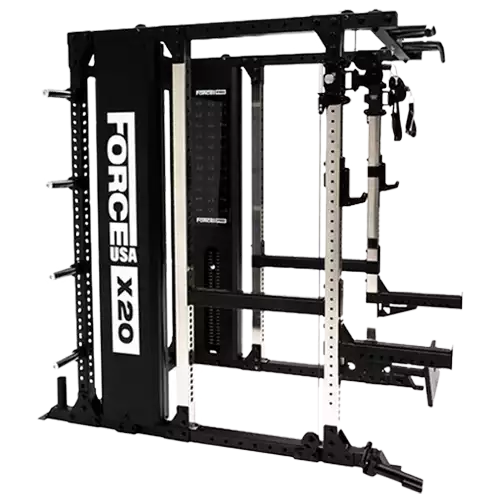
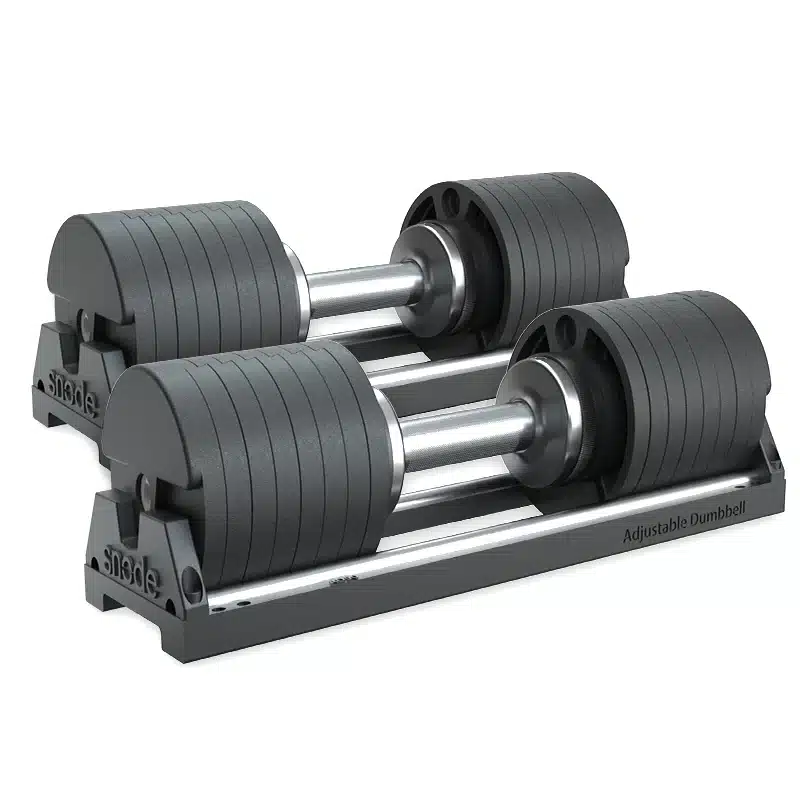
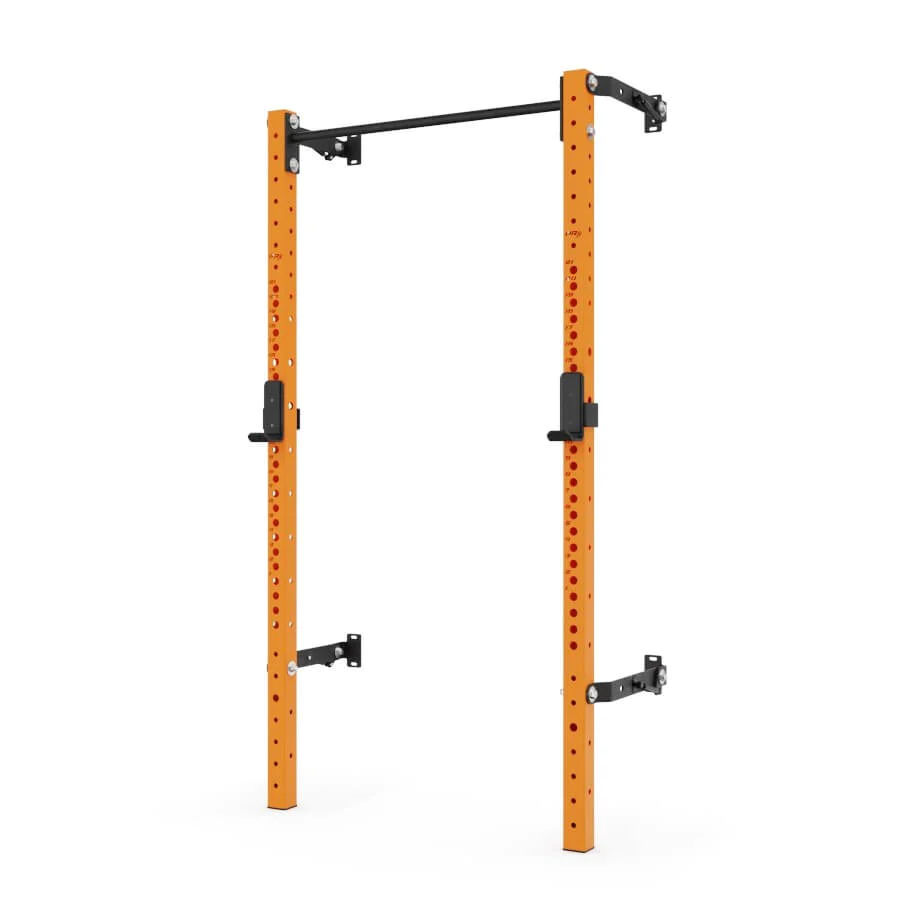
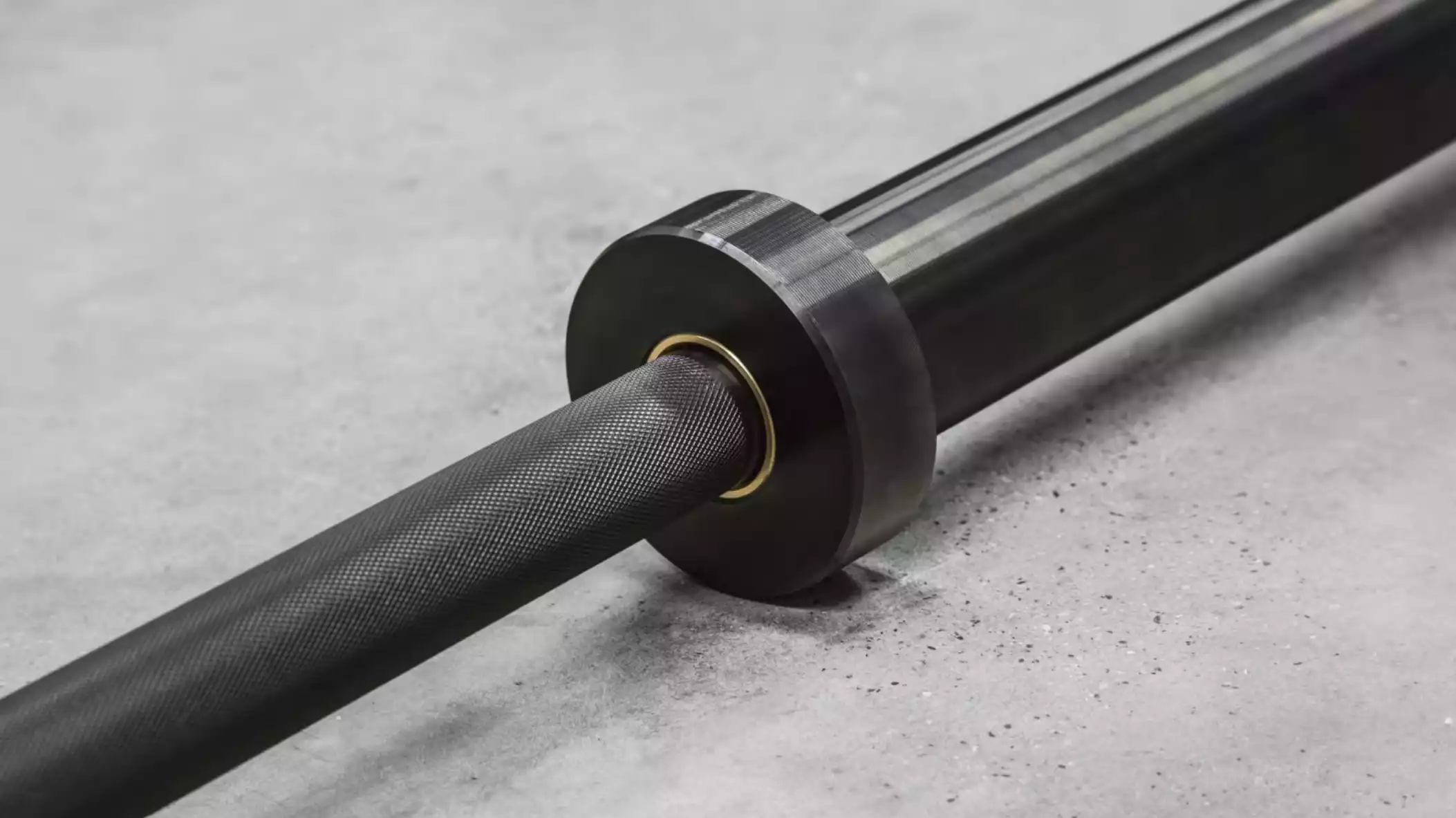
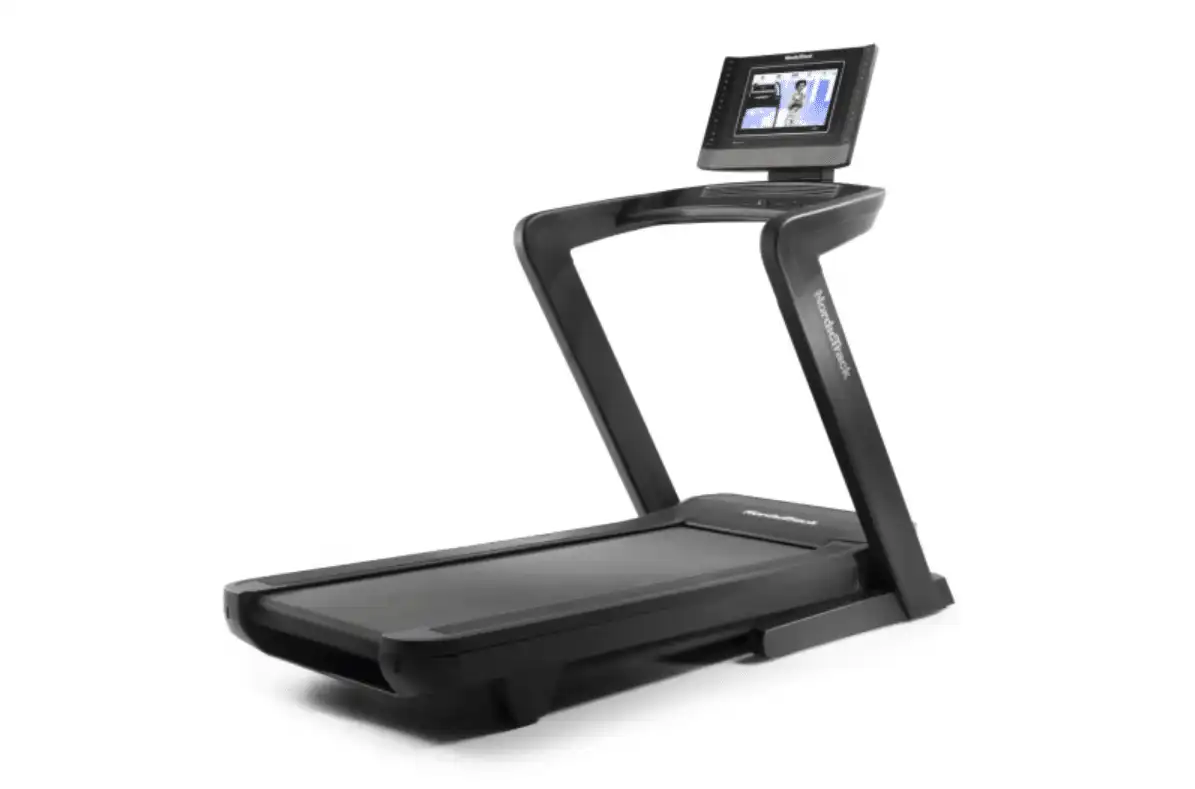
 Assist technology, which helps make storage easier despite the treadmill’s hefty 340-pound weight.
Assist technology, which helps make storage easier despite the treadmill’s hefty 340-pound weight.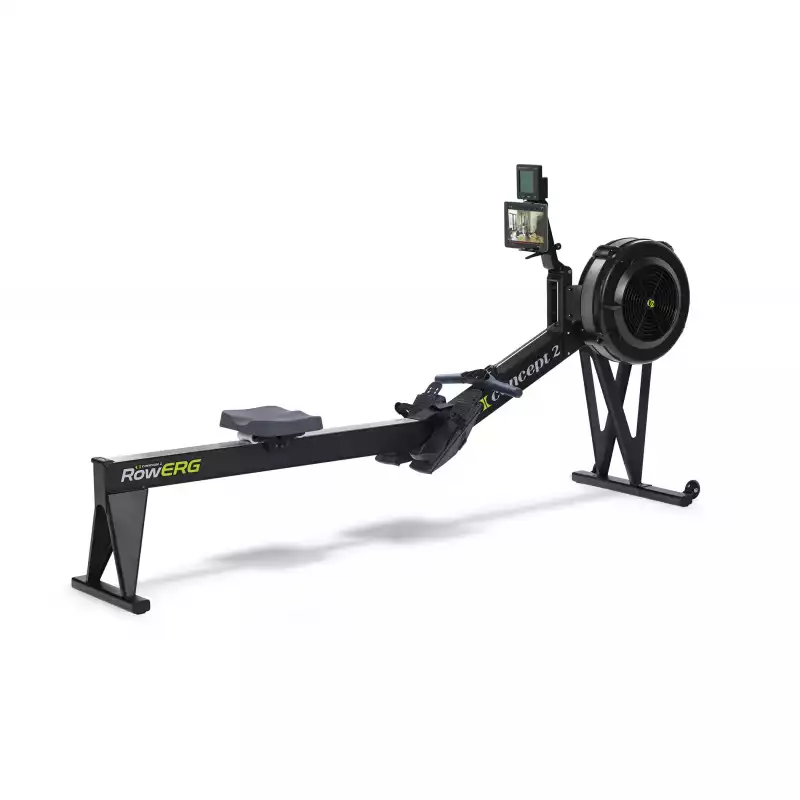
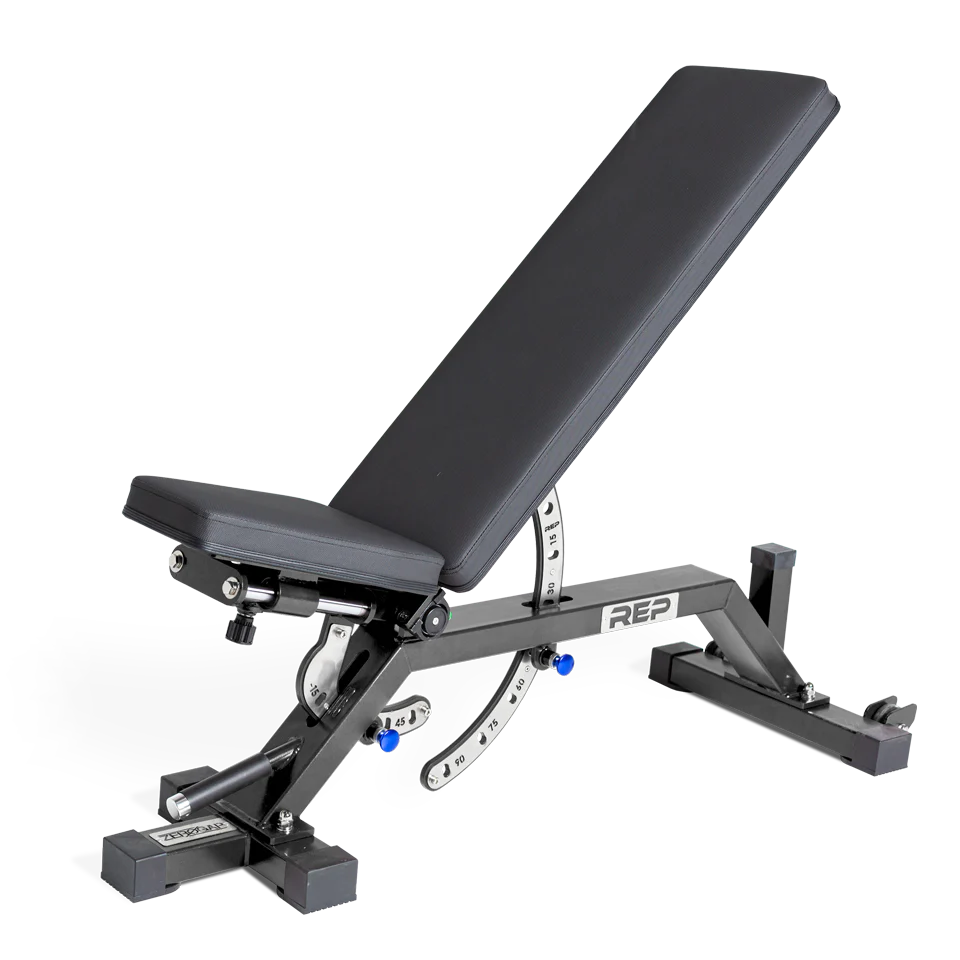
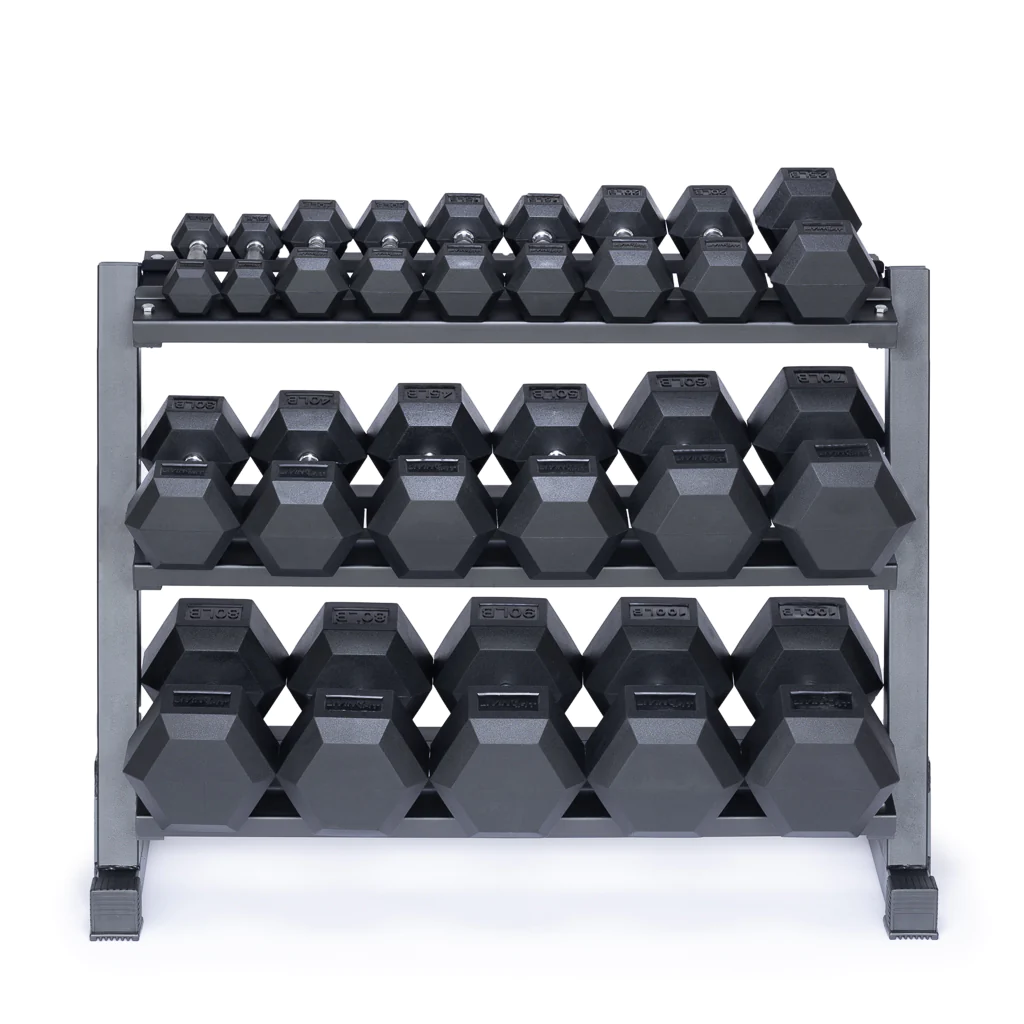
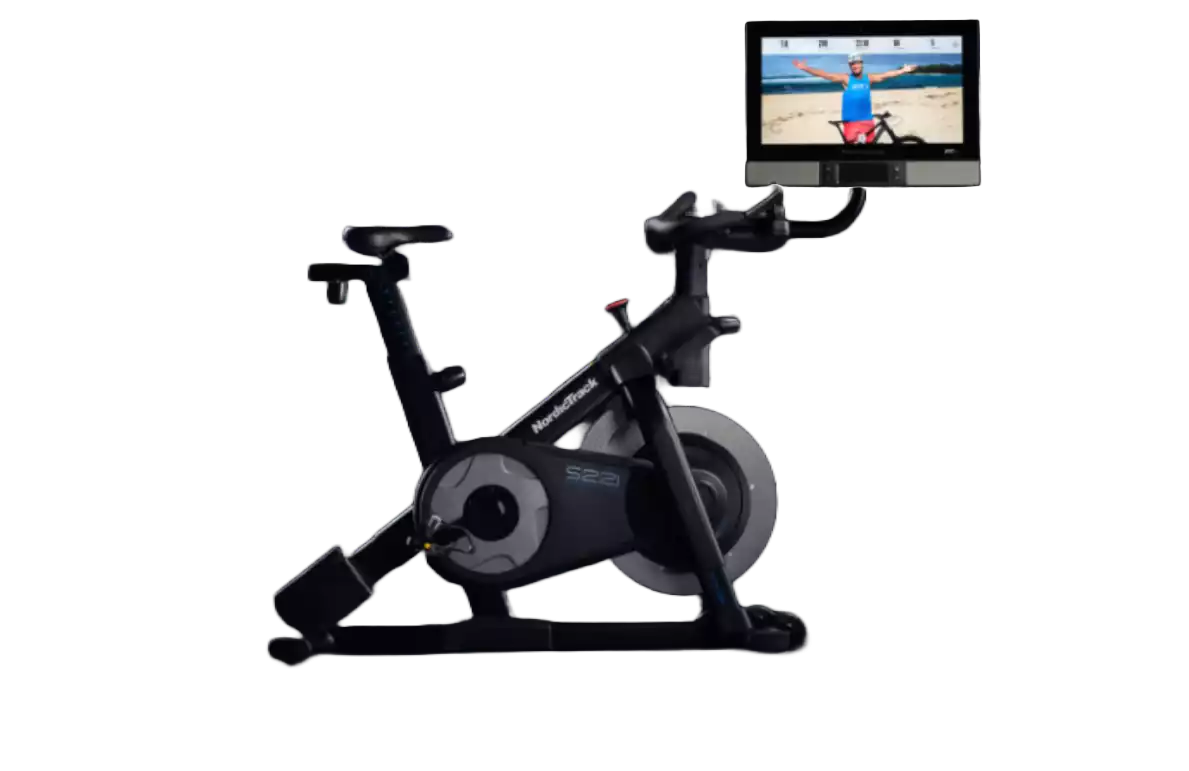
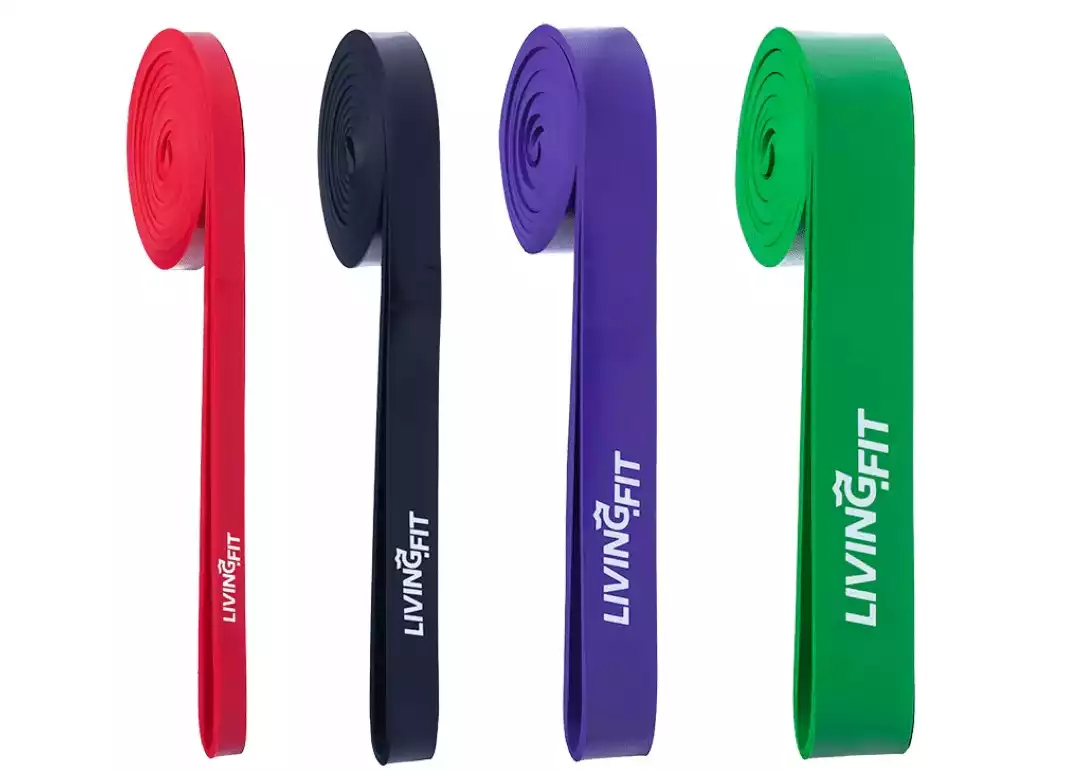
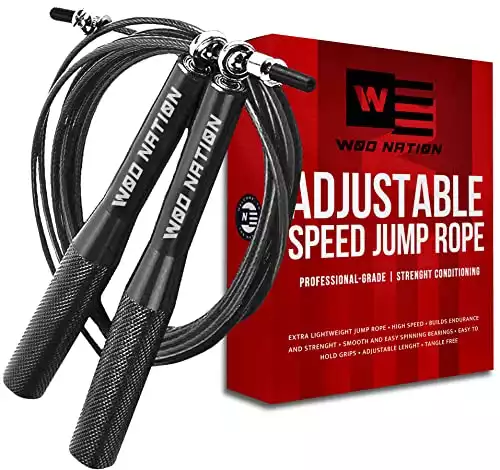
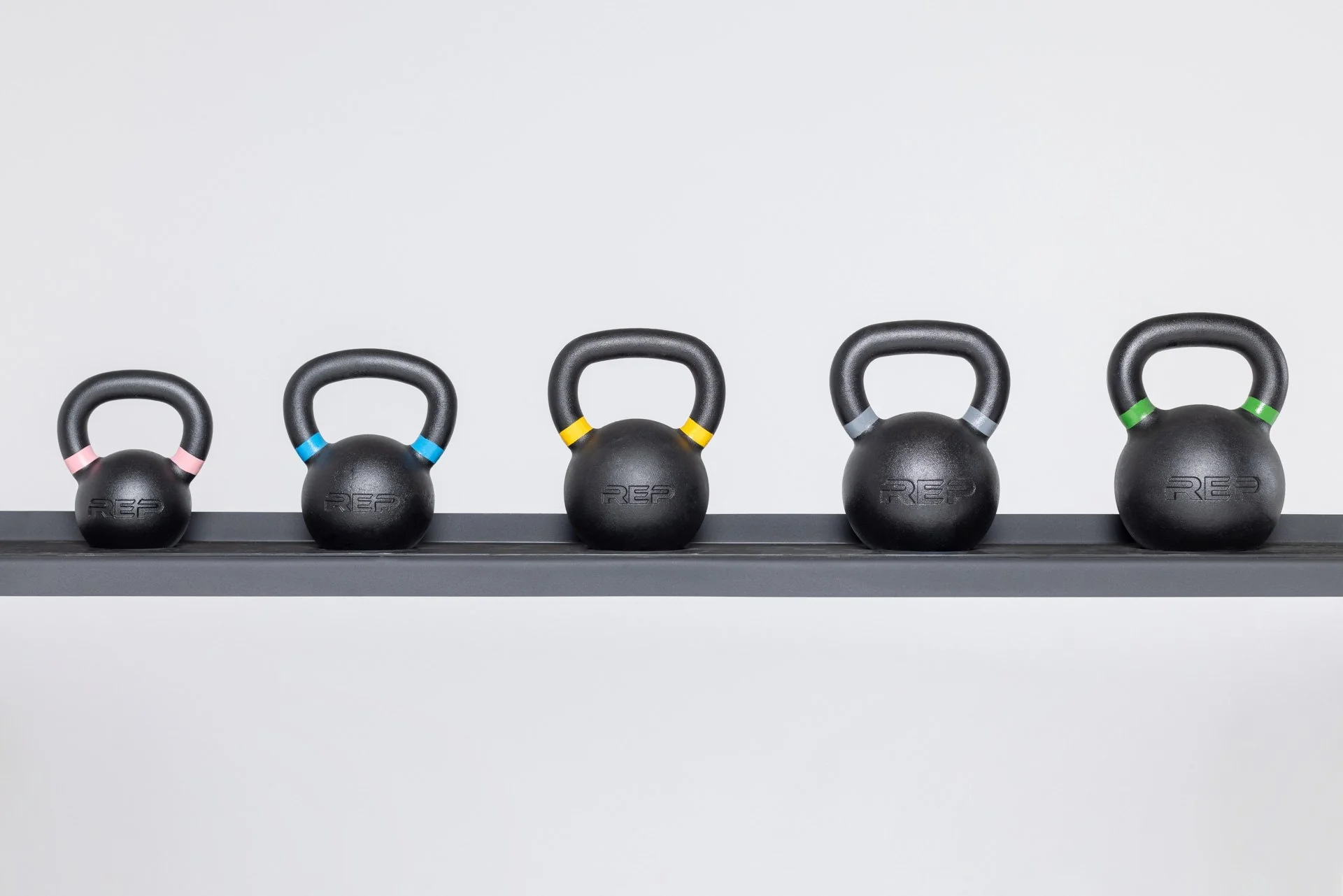
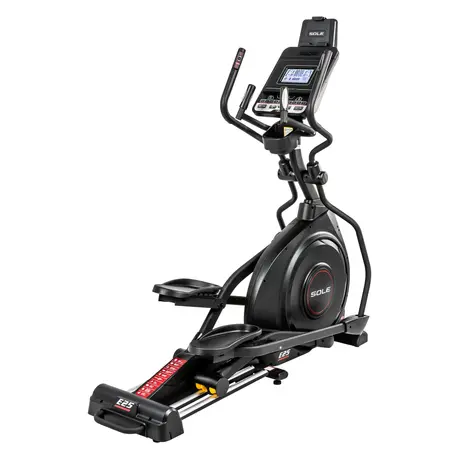

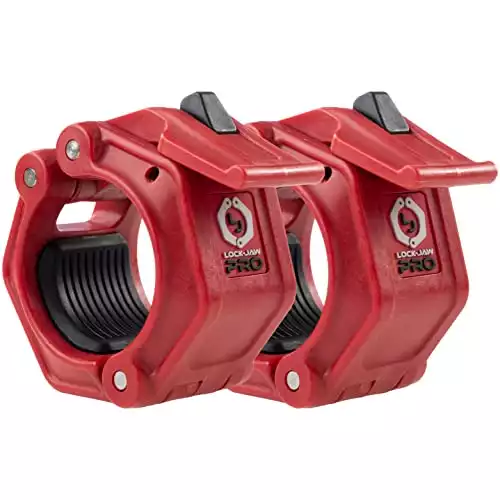
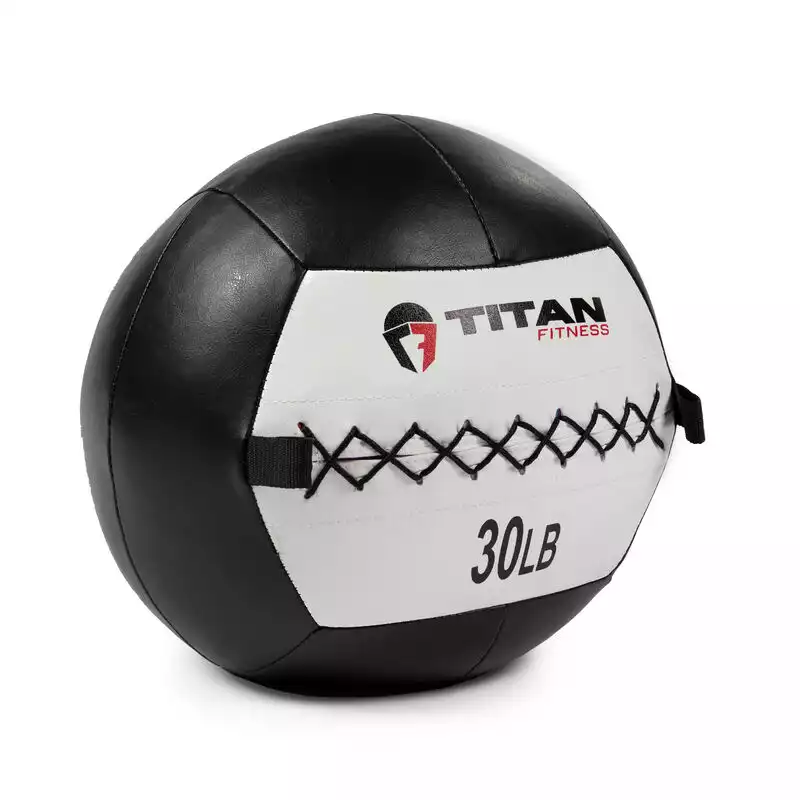
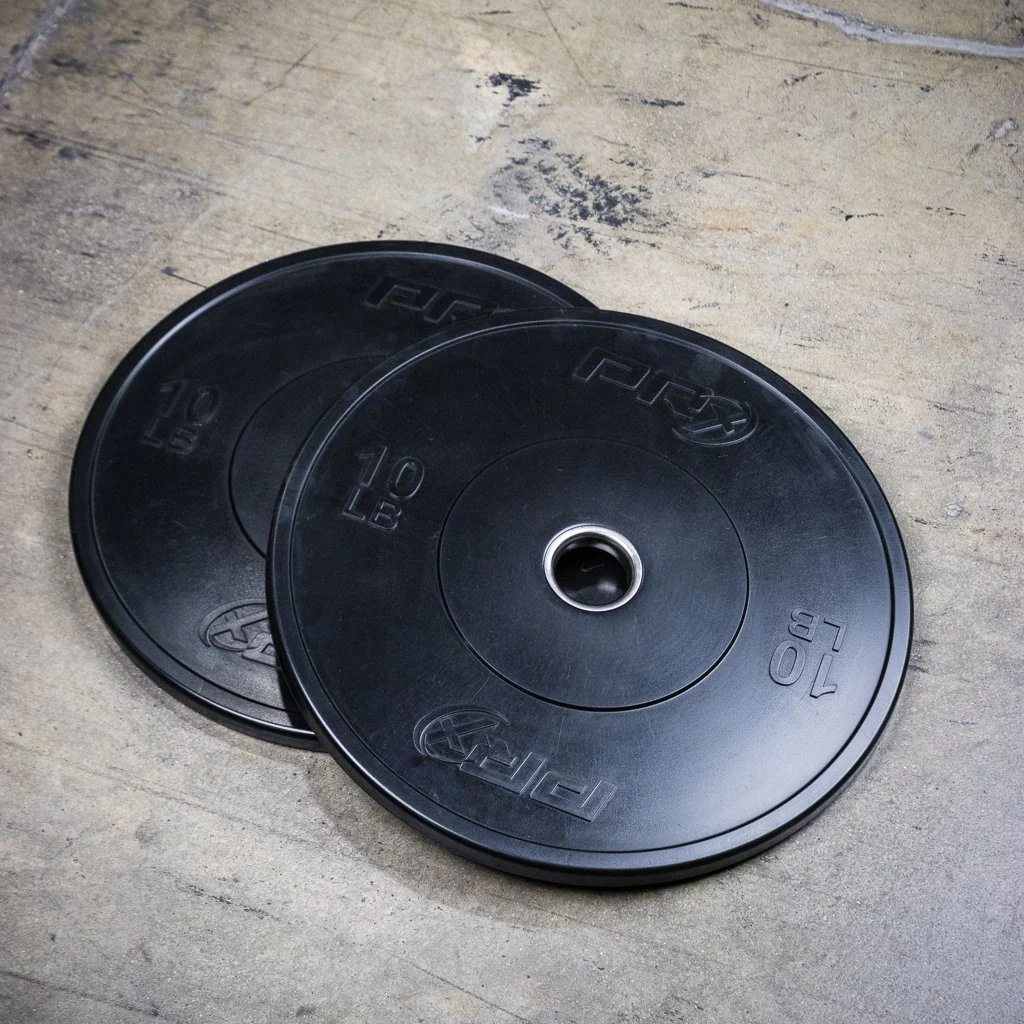
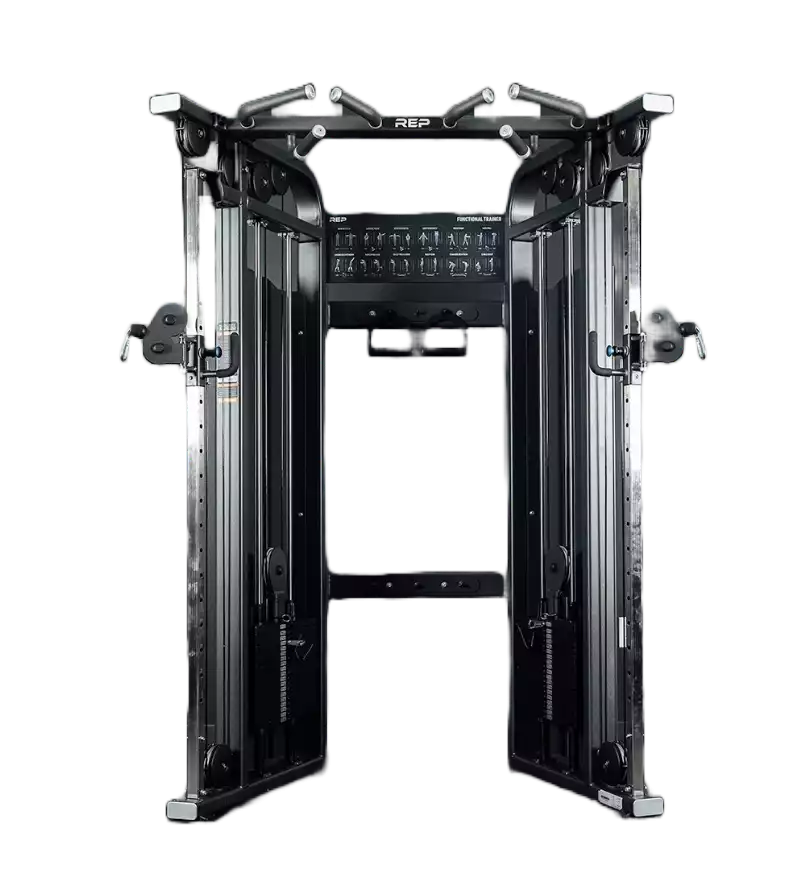
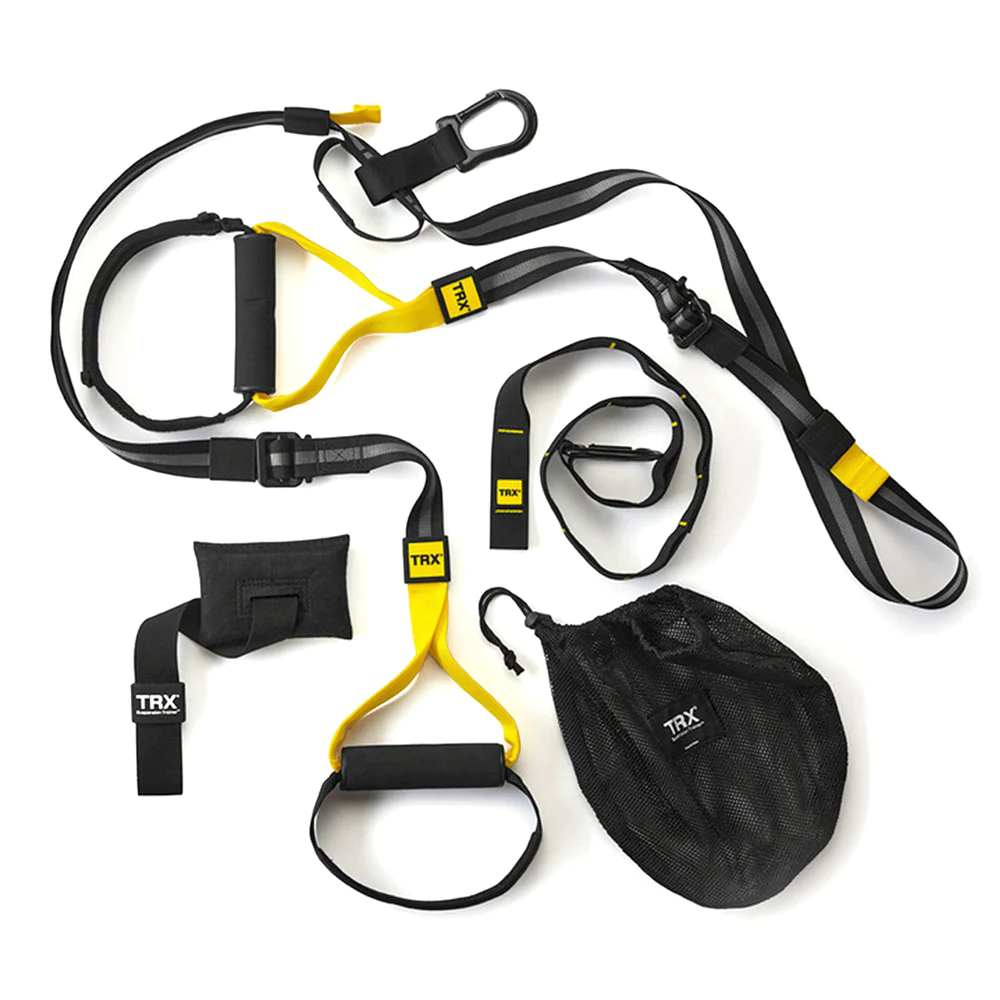
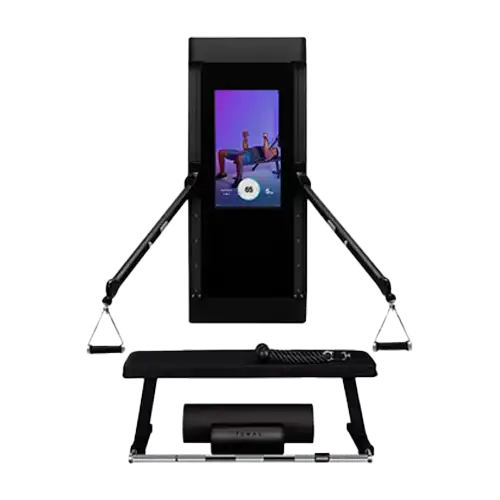
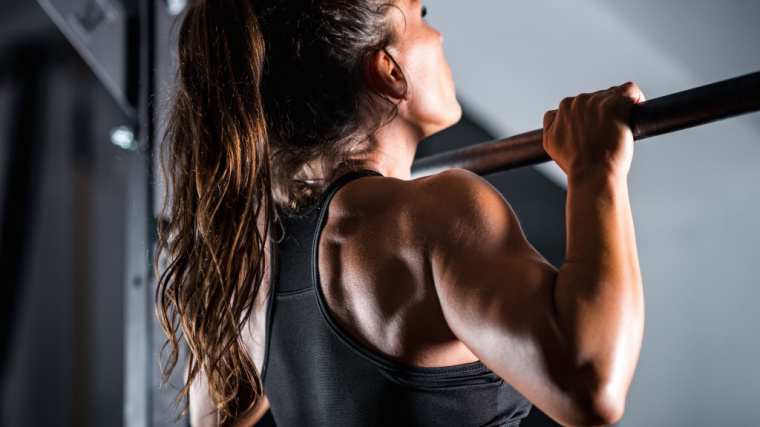
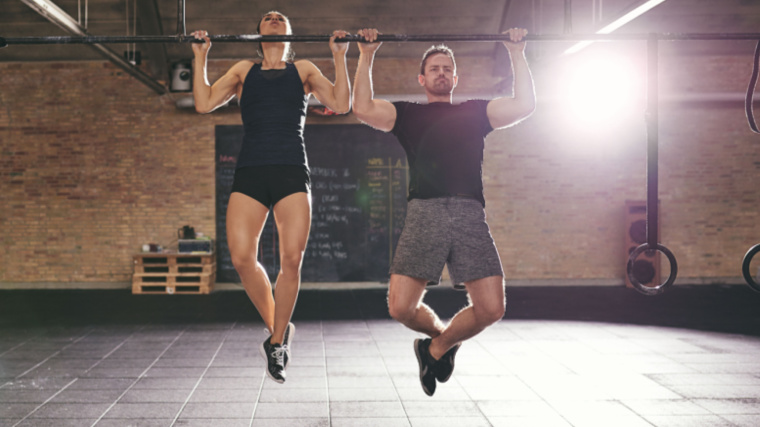
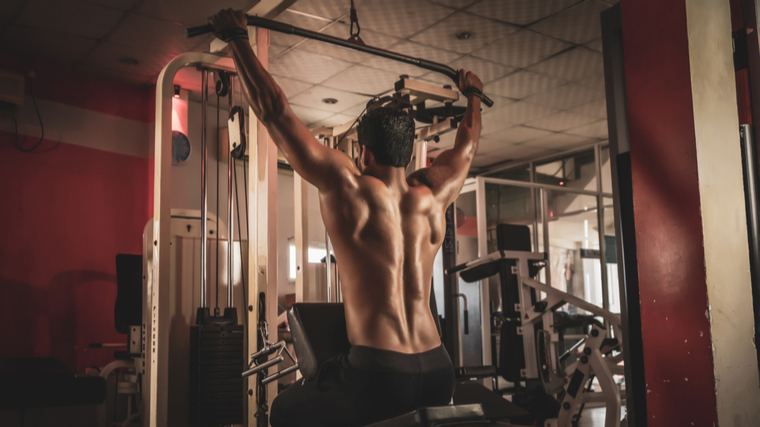
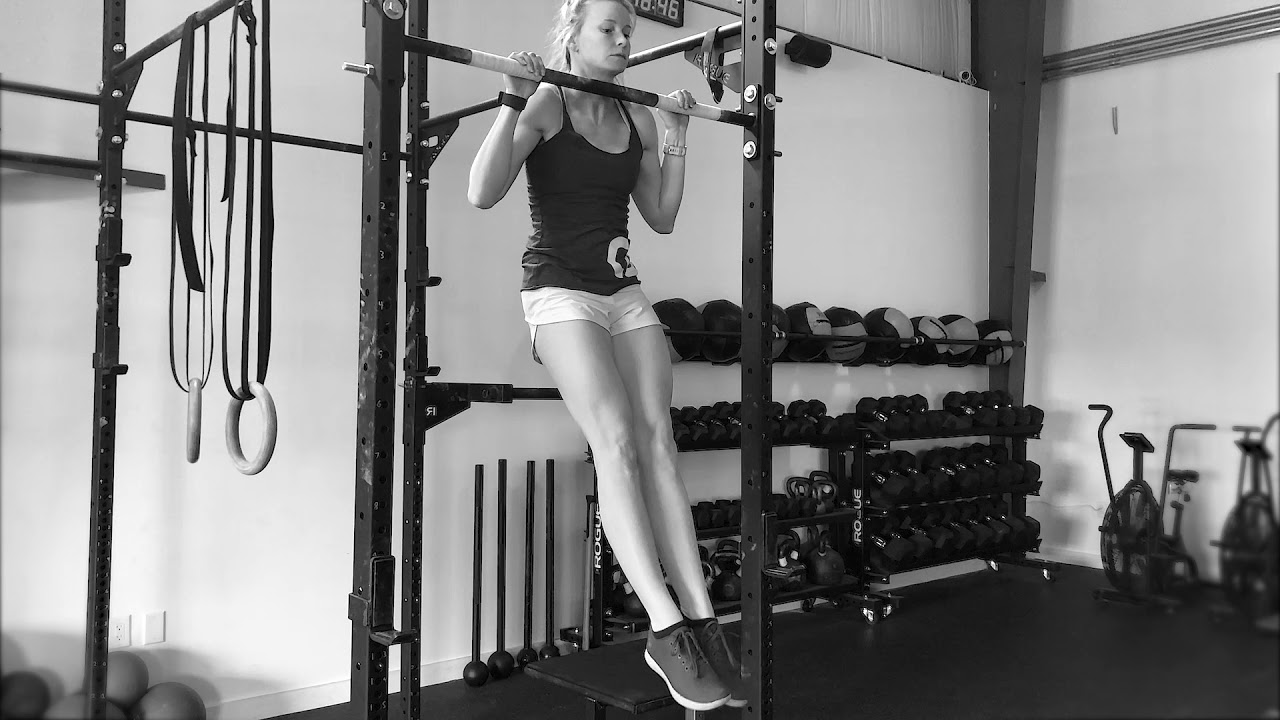
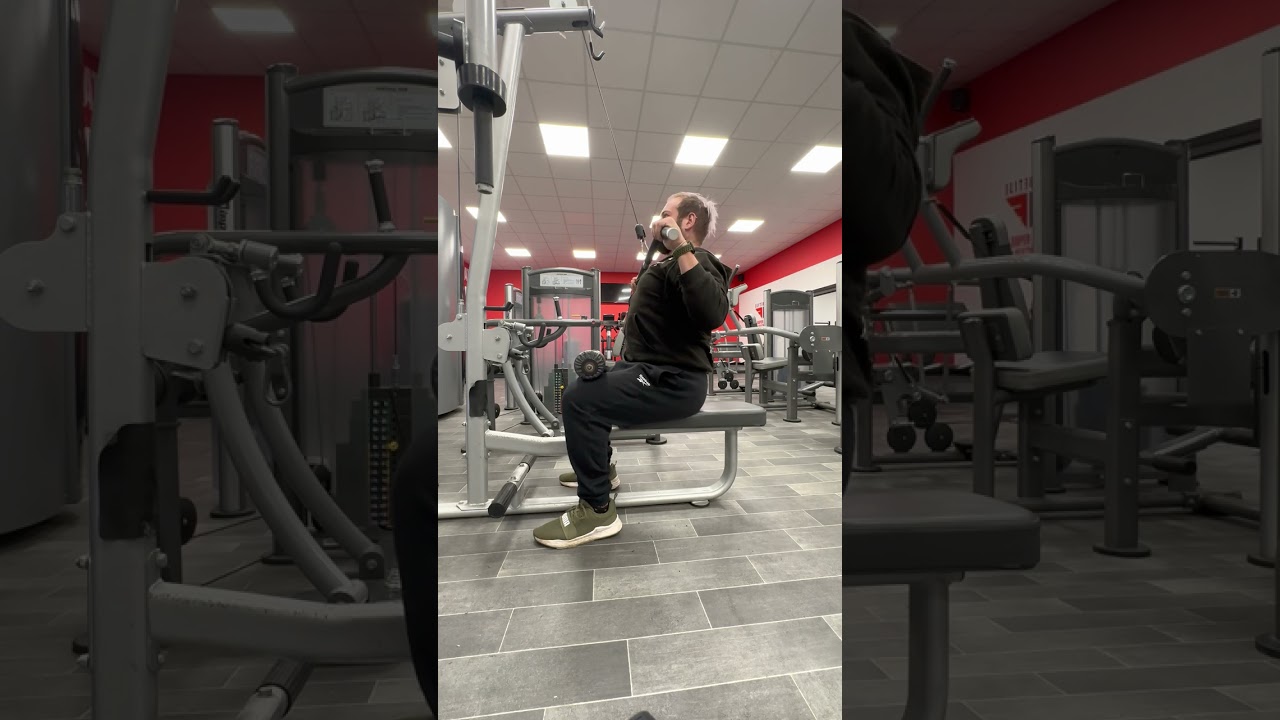
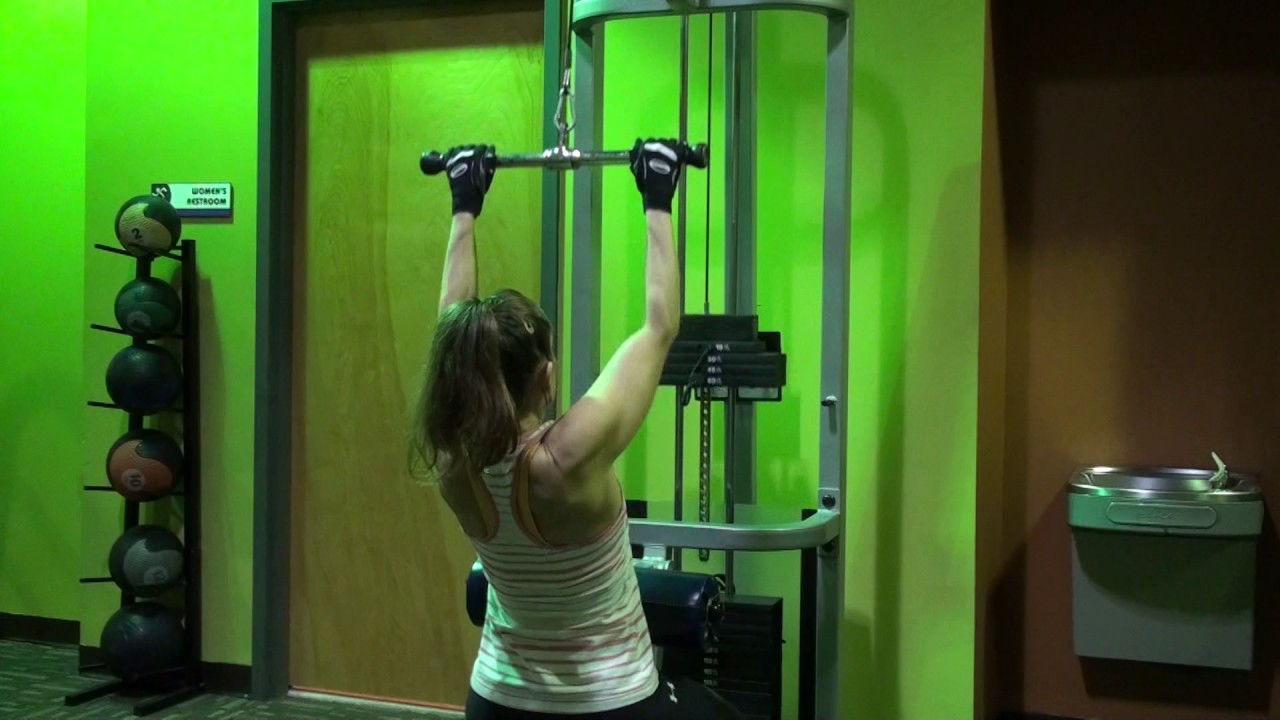
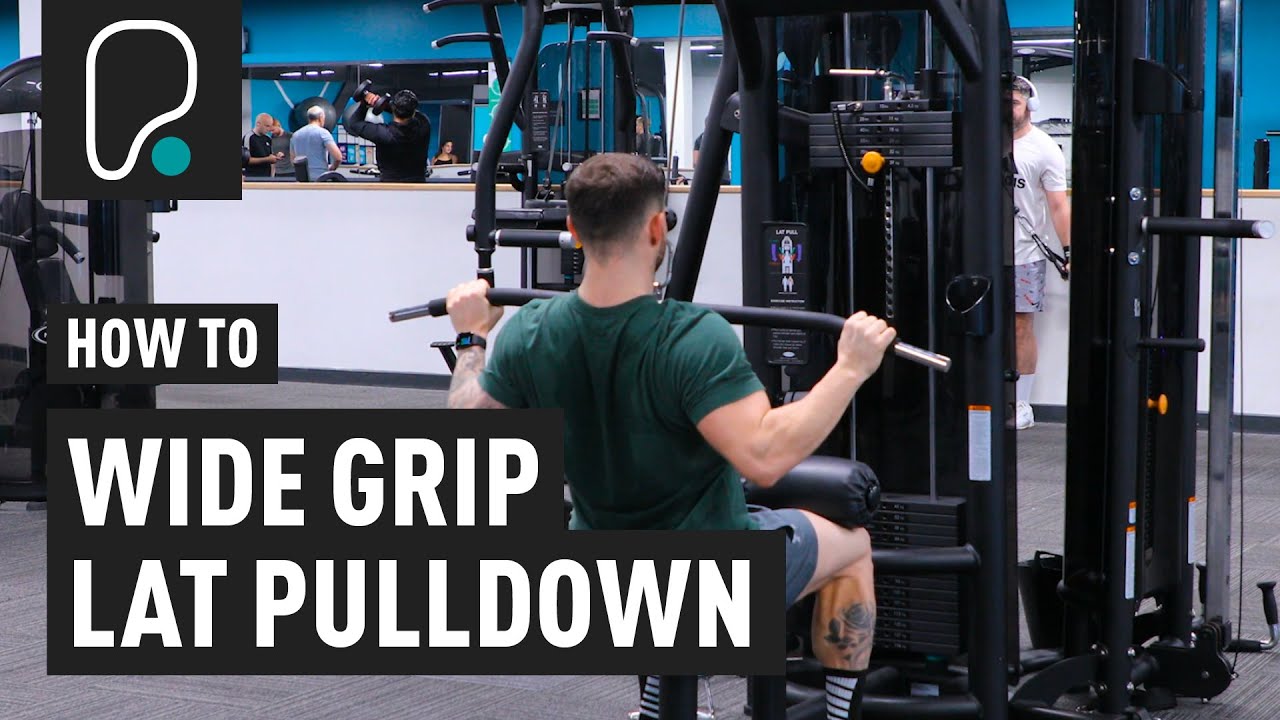
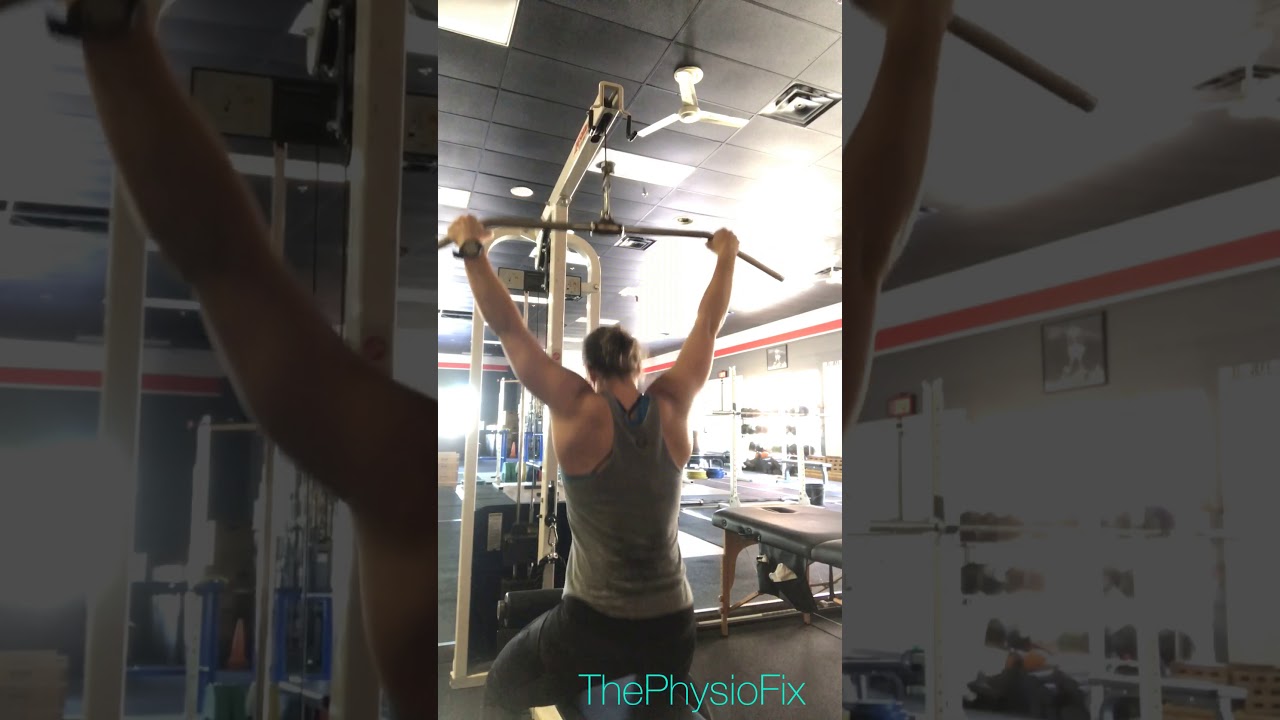
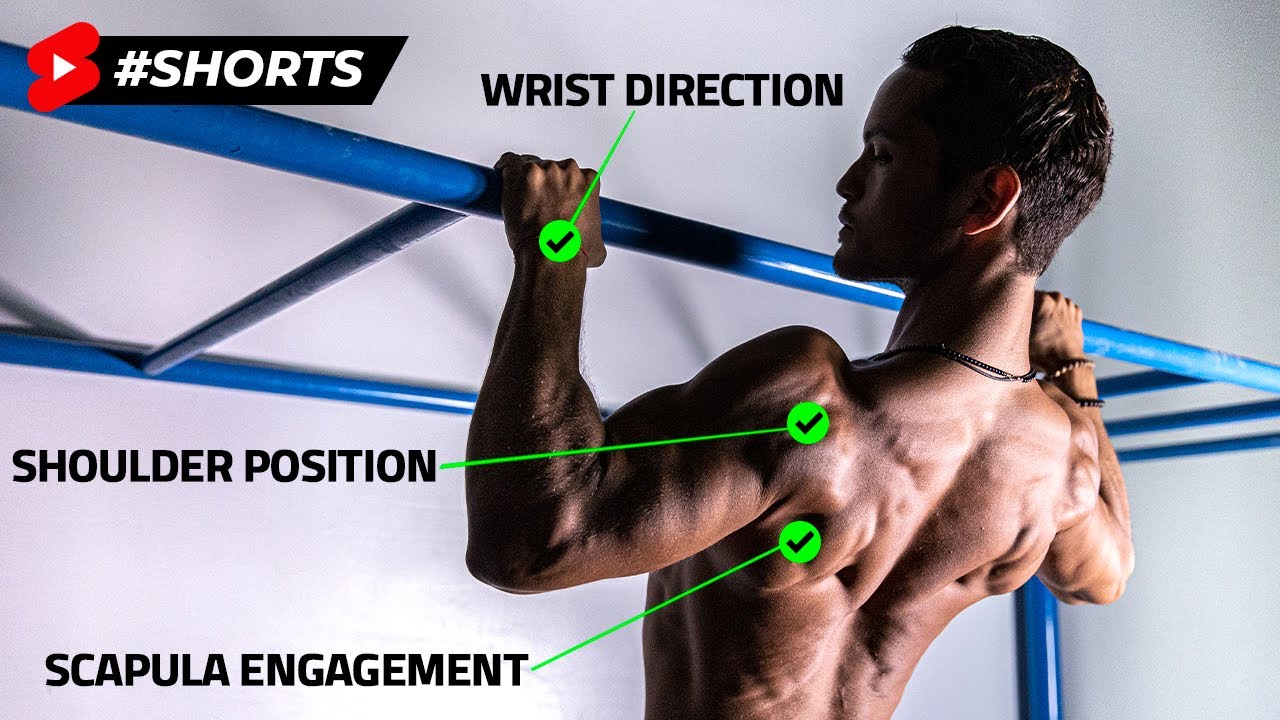
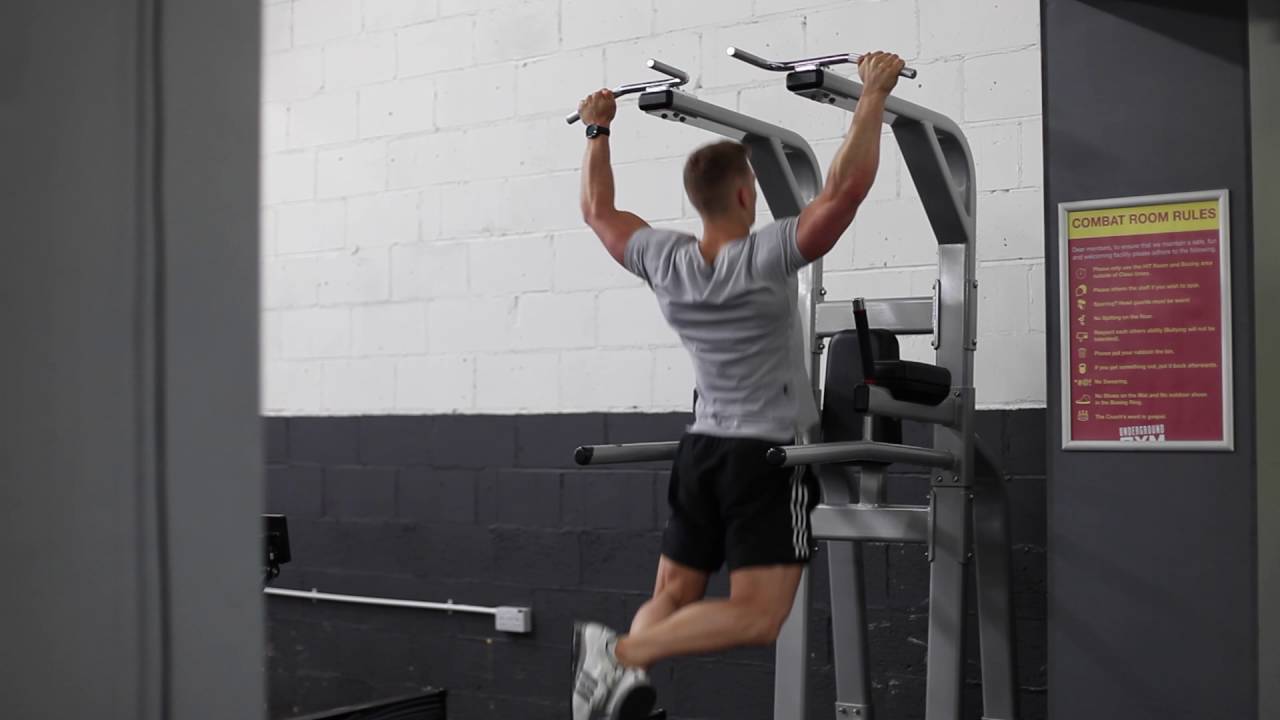
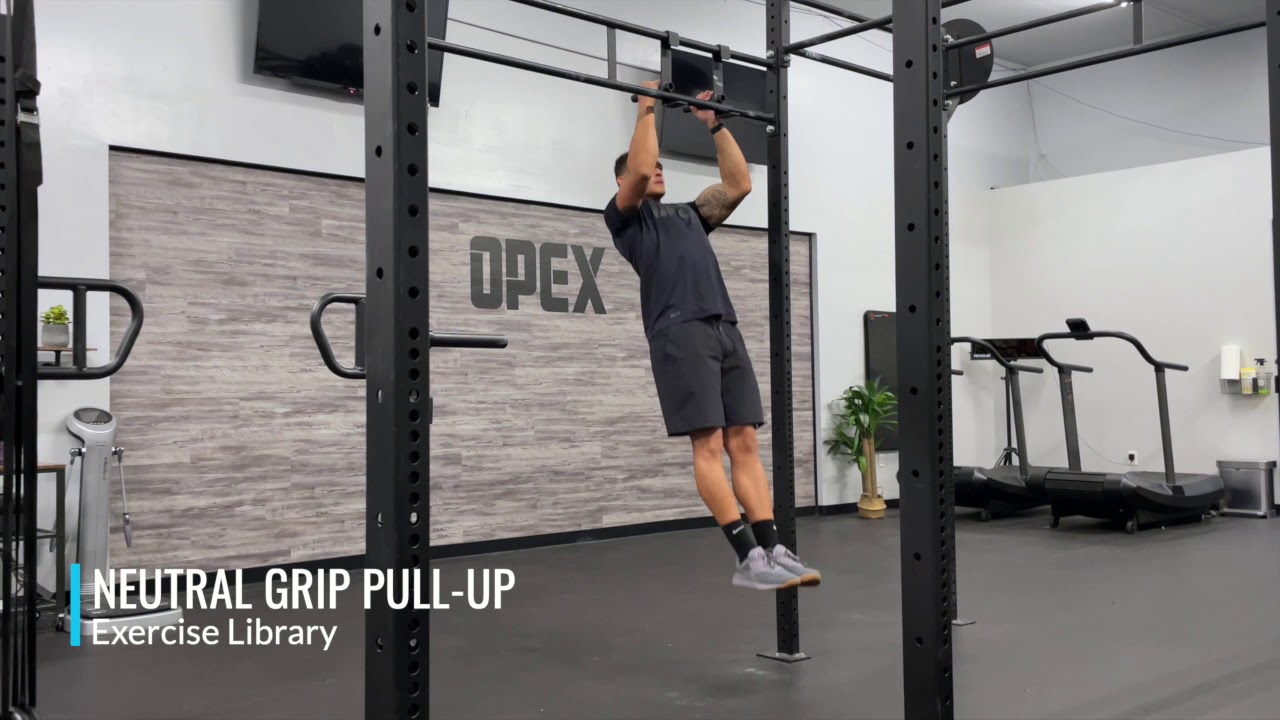
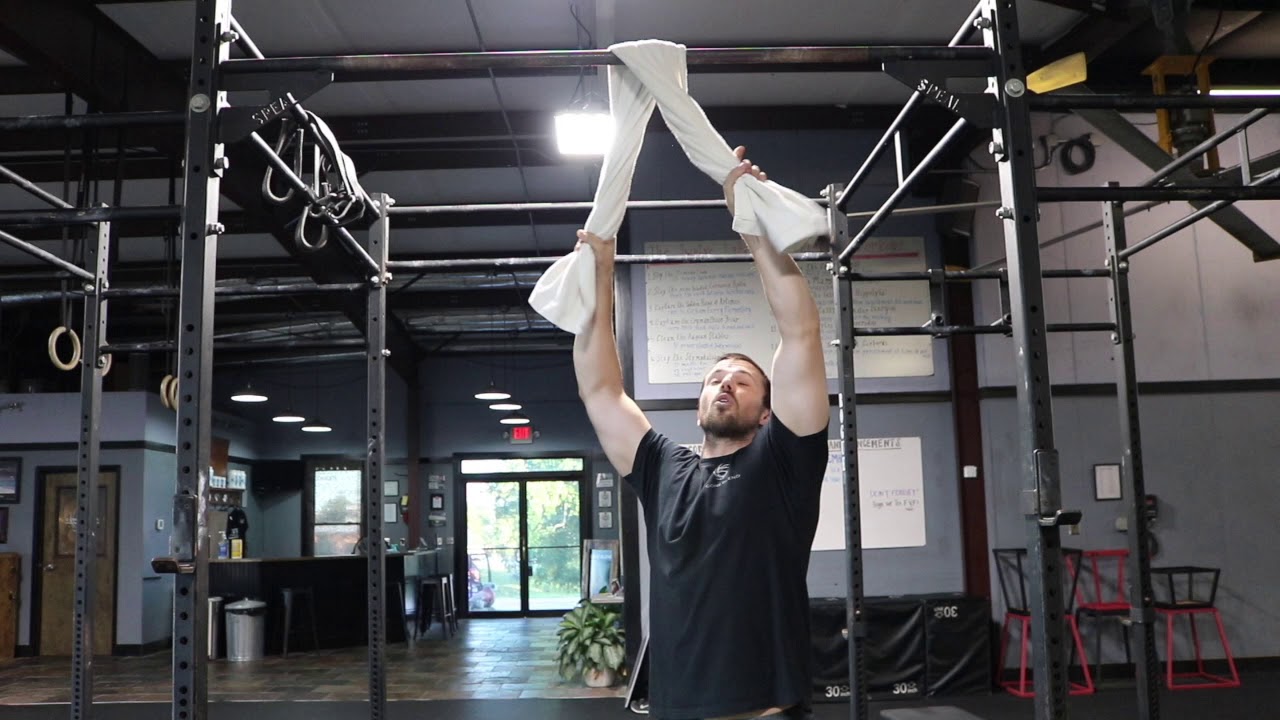


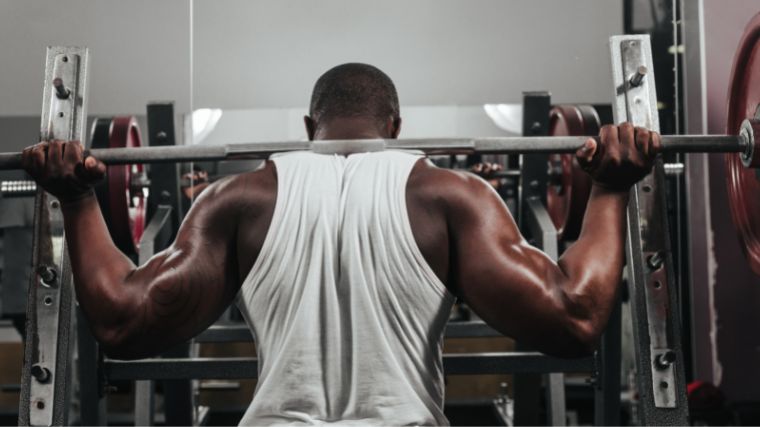
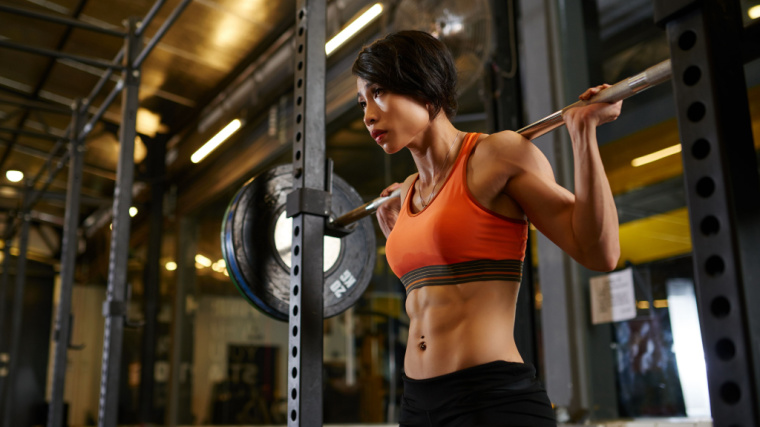
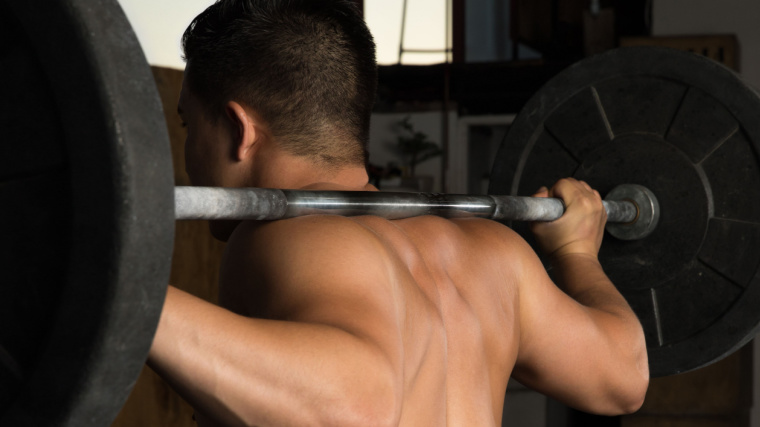
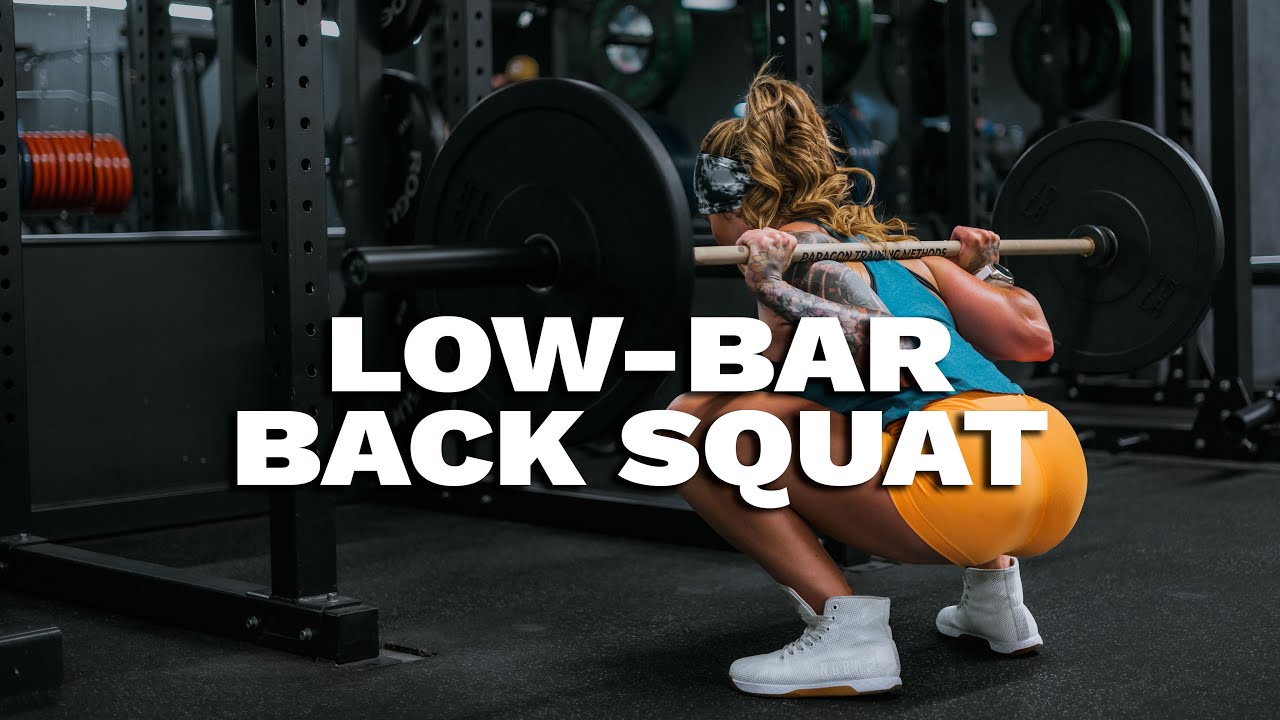
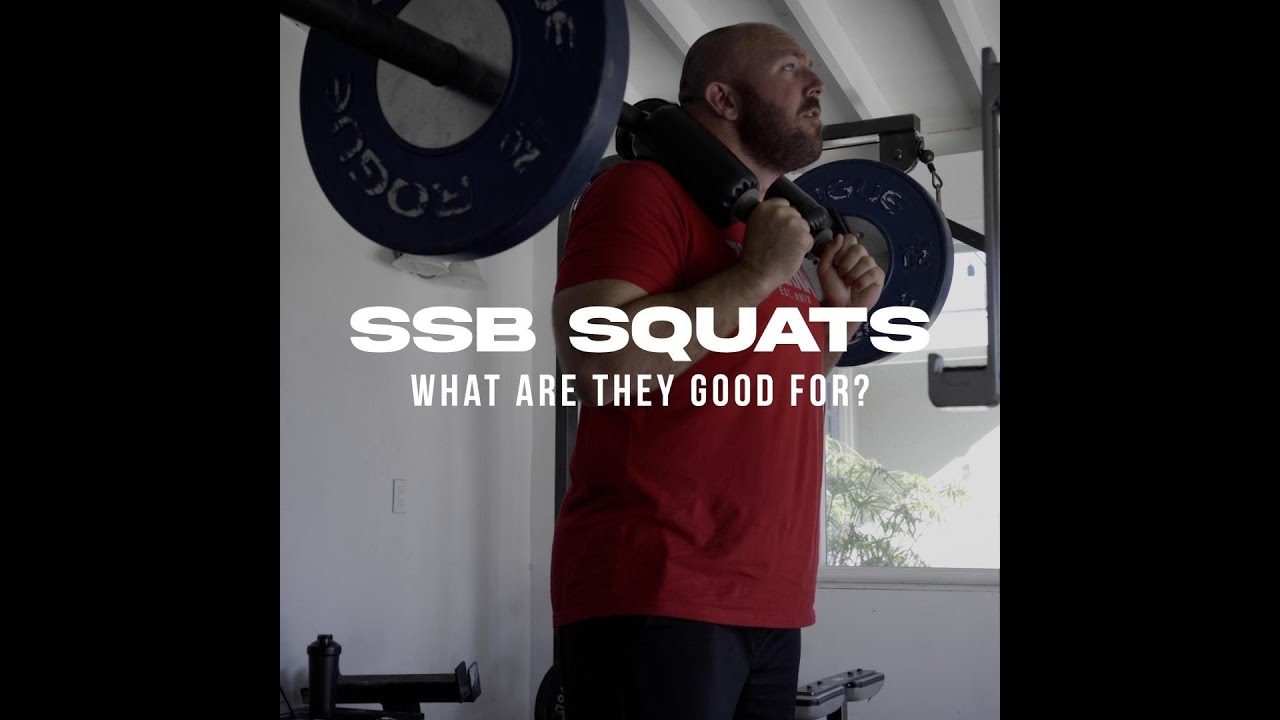
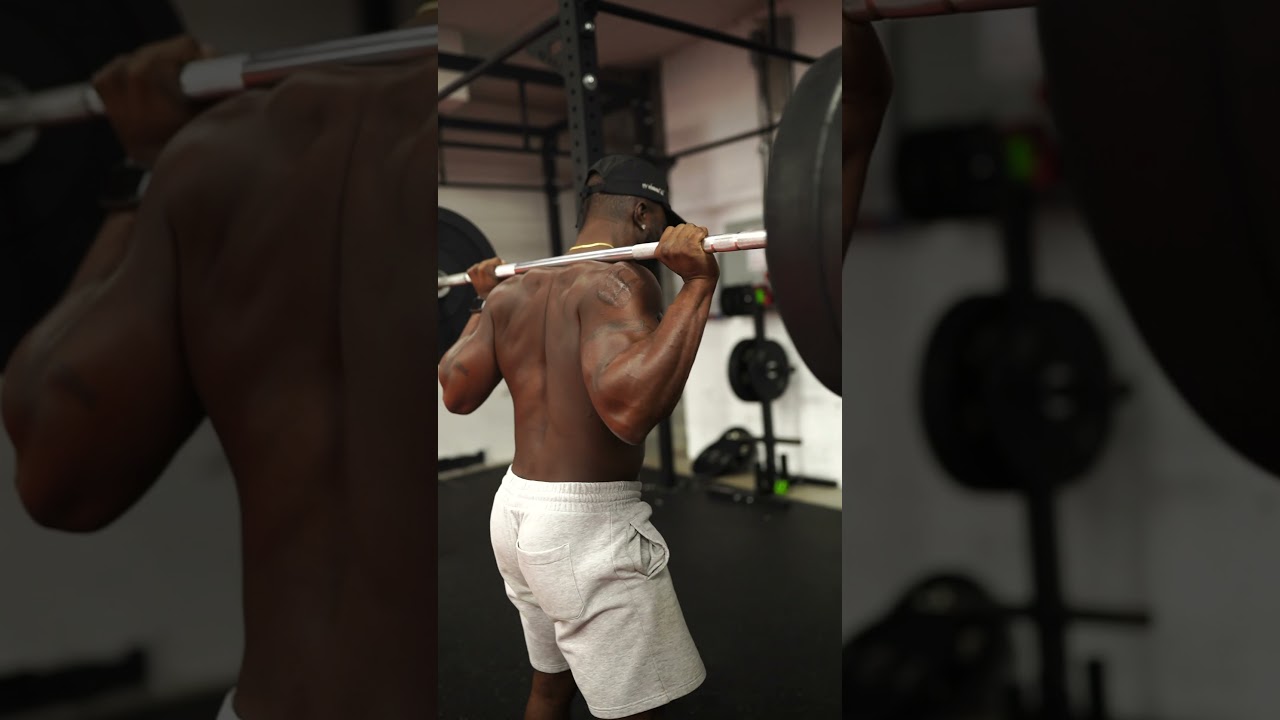

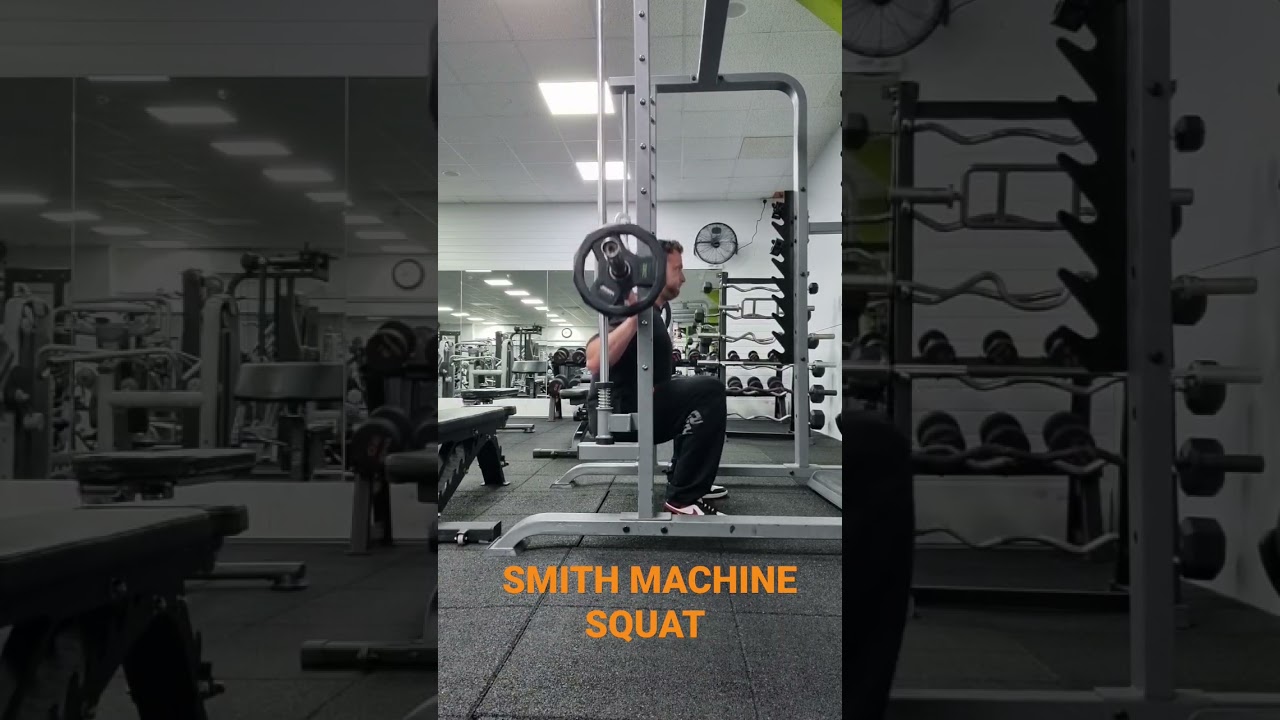
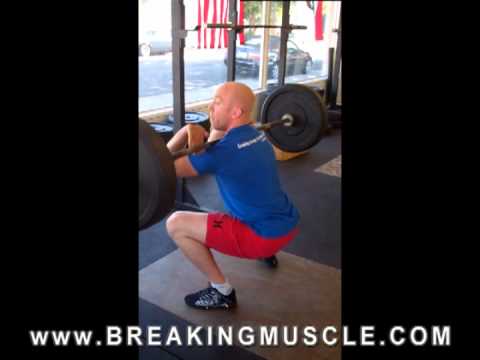
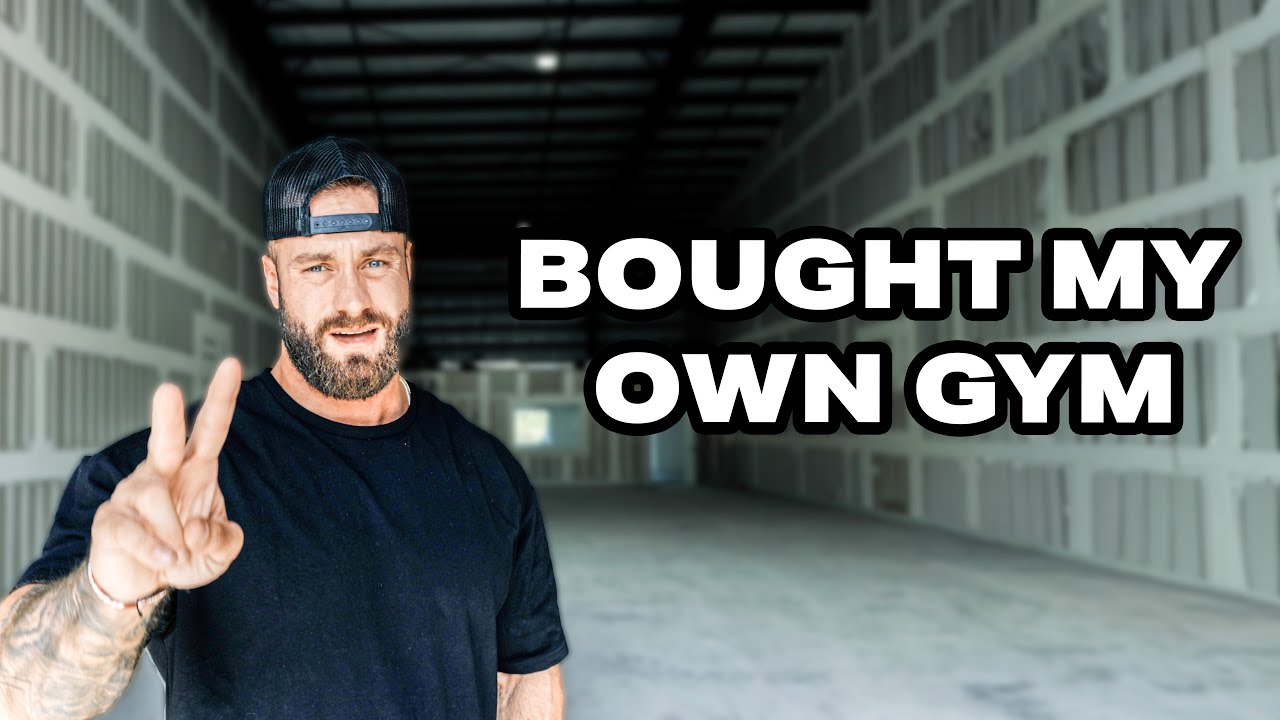
 For now classes are 6pm and 640pm at 2840 Wildwood st in the Boise Cloggers studio.
Book your class NOW!
click this ==>
For now classes are 6pm and 640pm at 2840 Wildwood st in the Boise Cloggers studio.
Book your class NOW!
click this ==>








